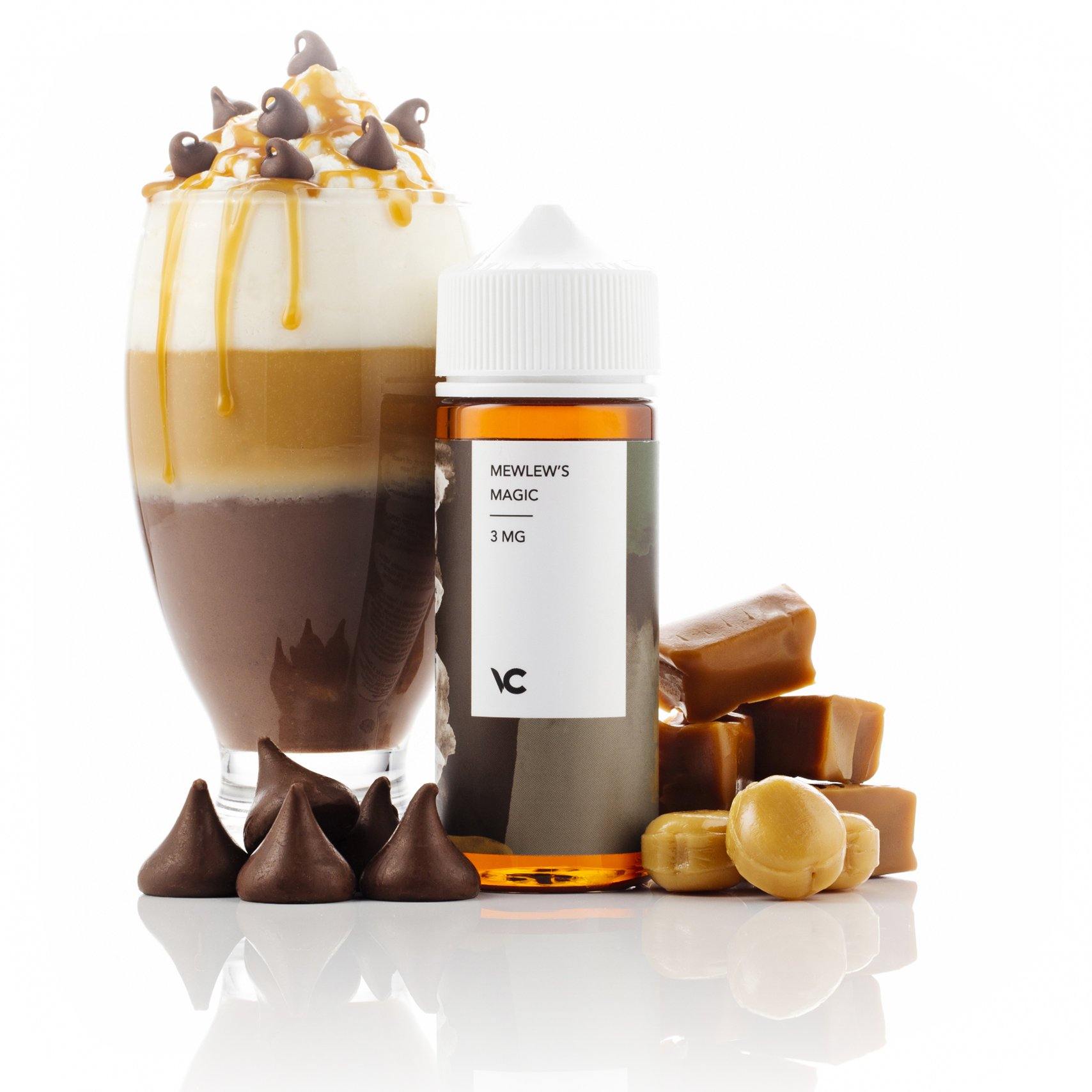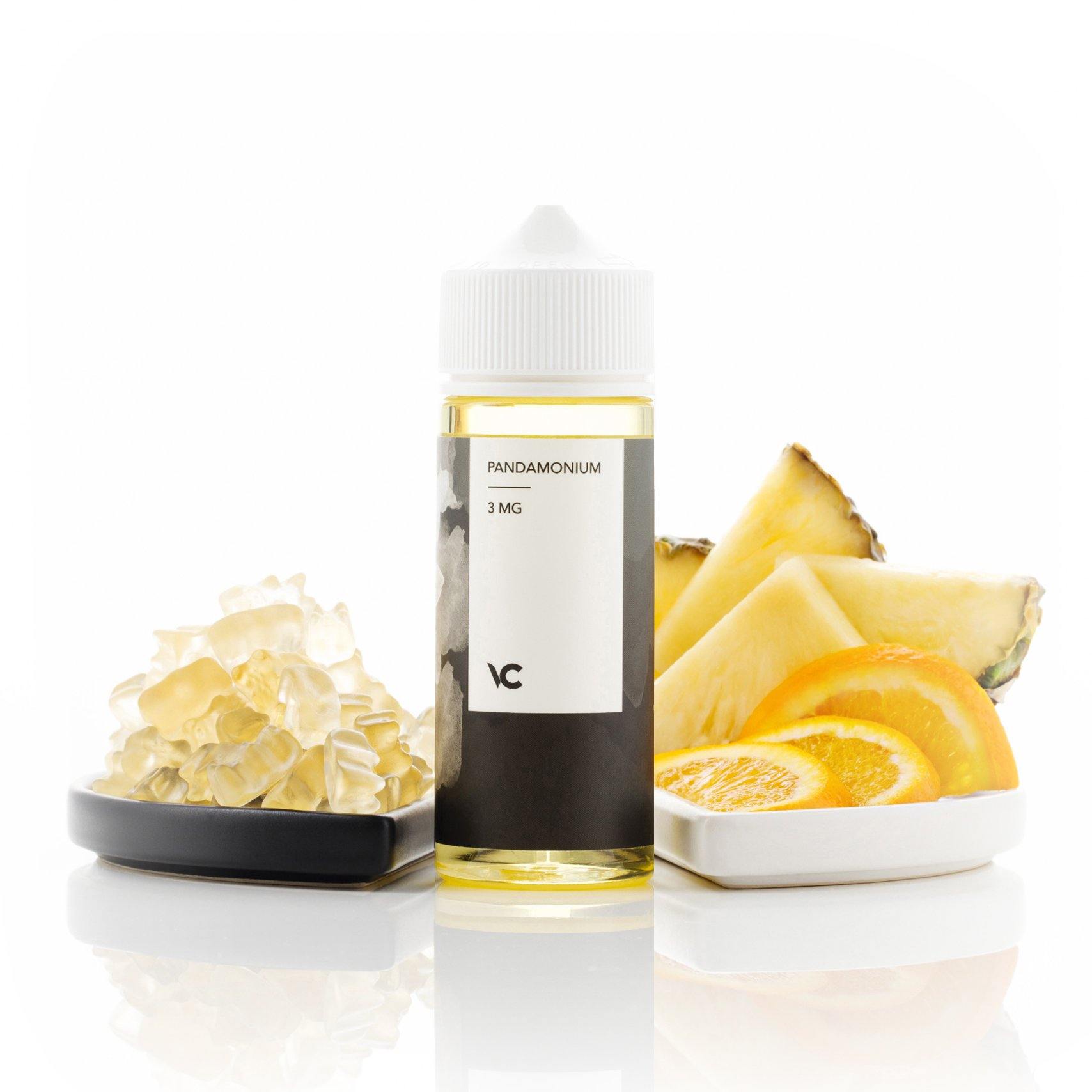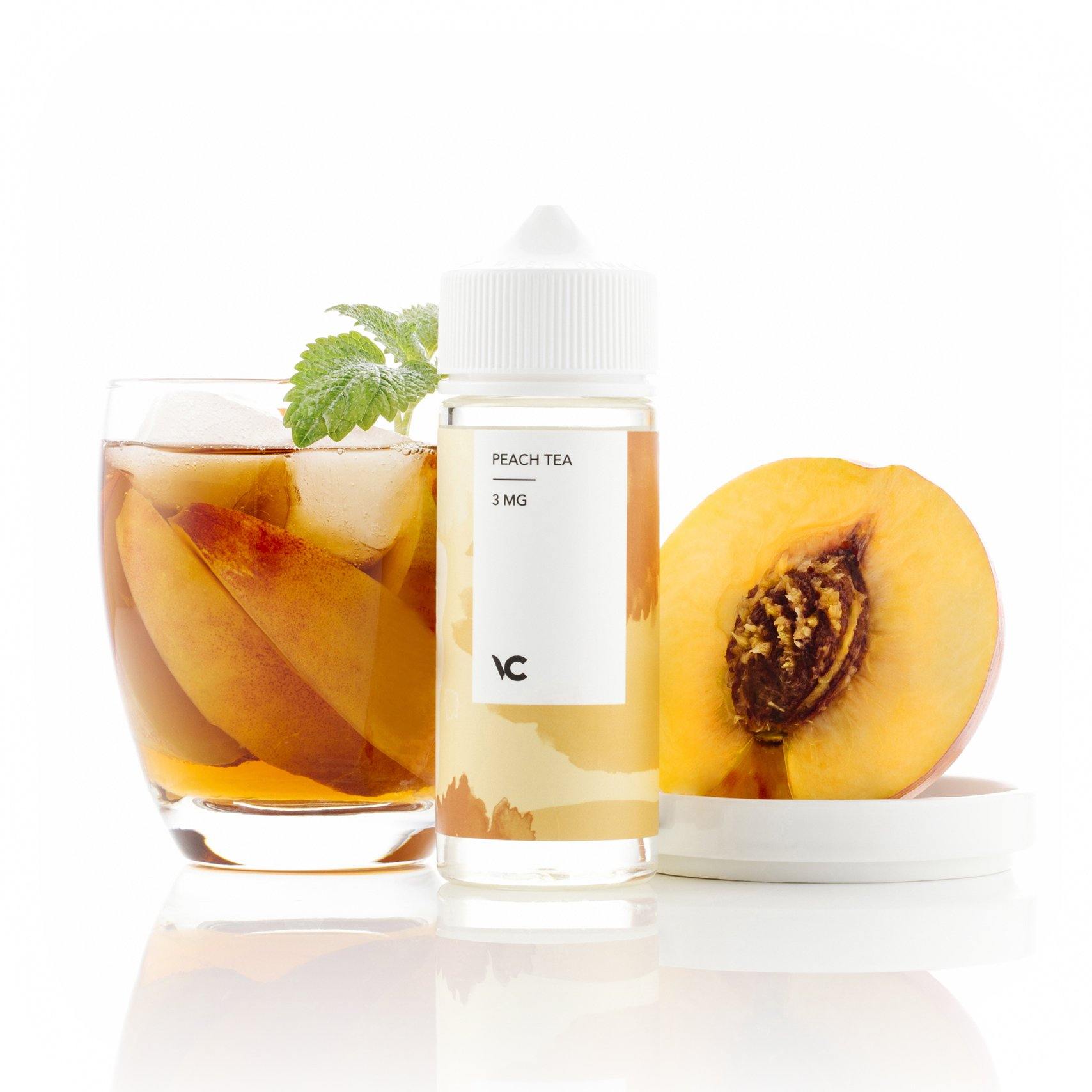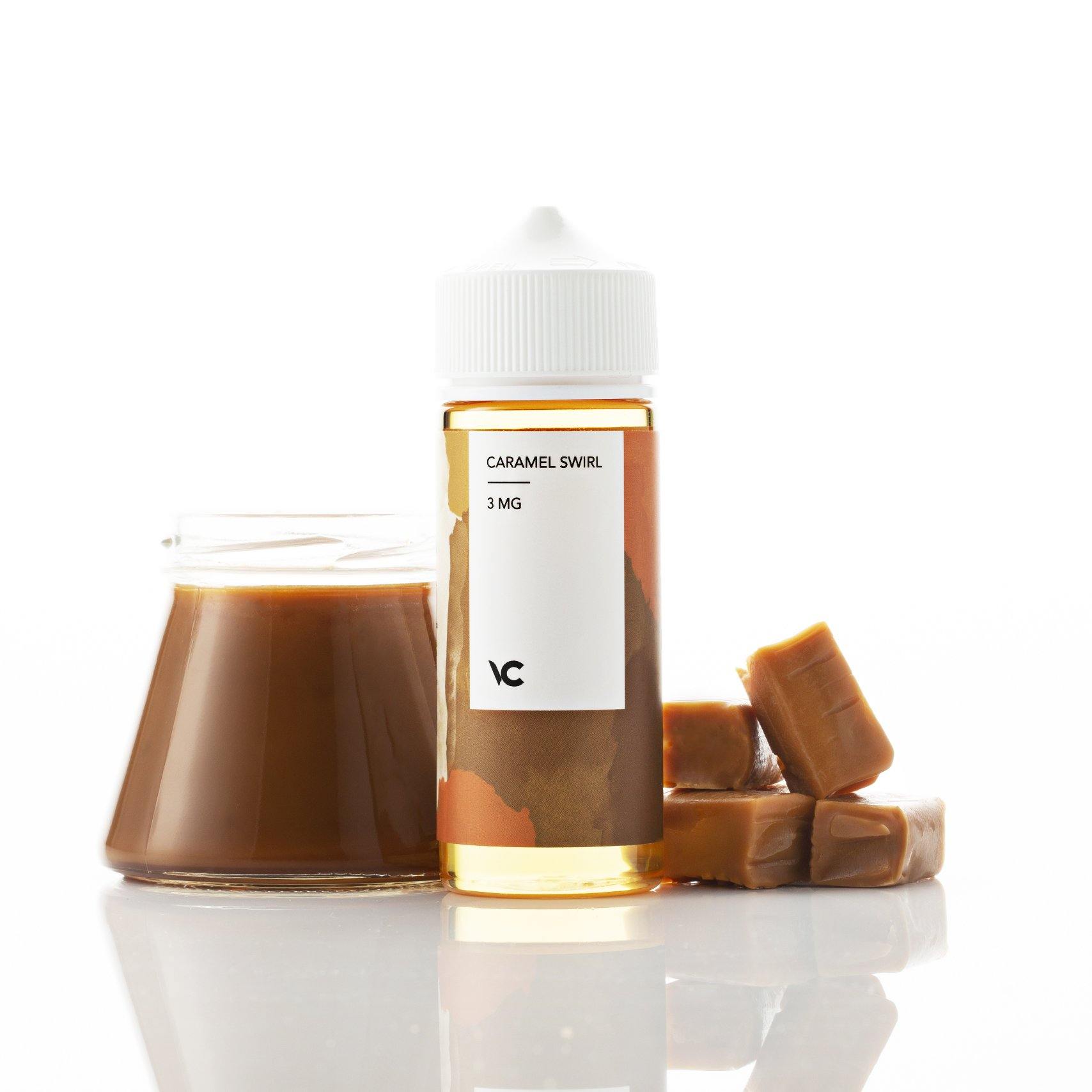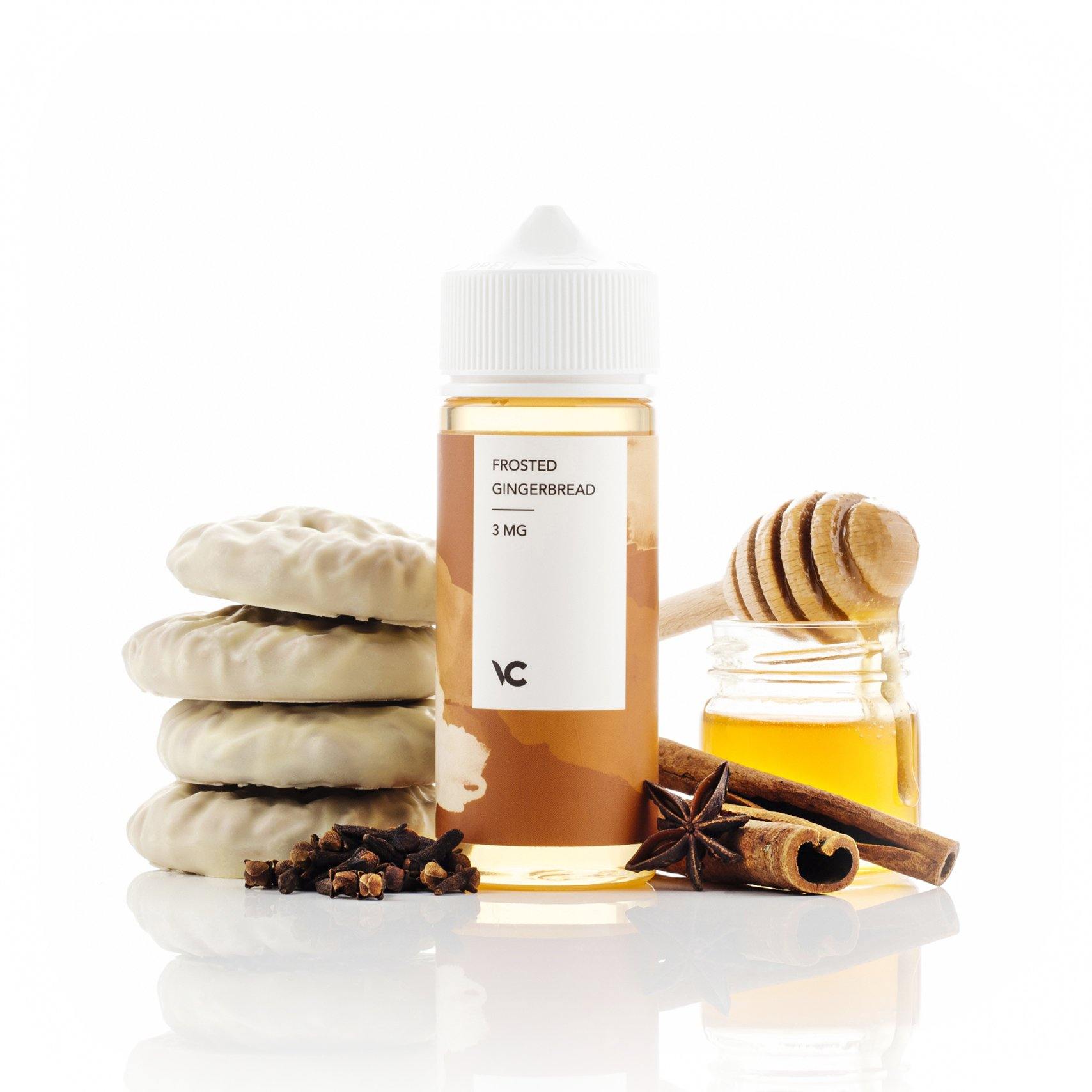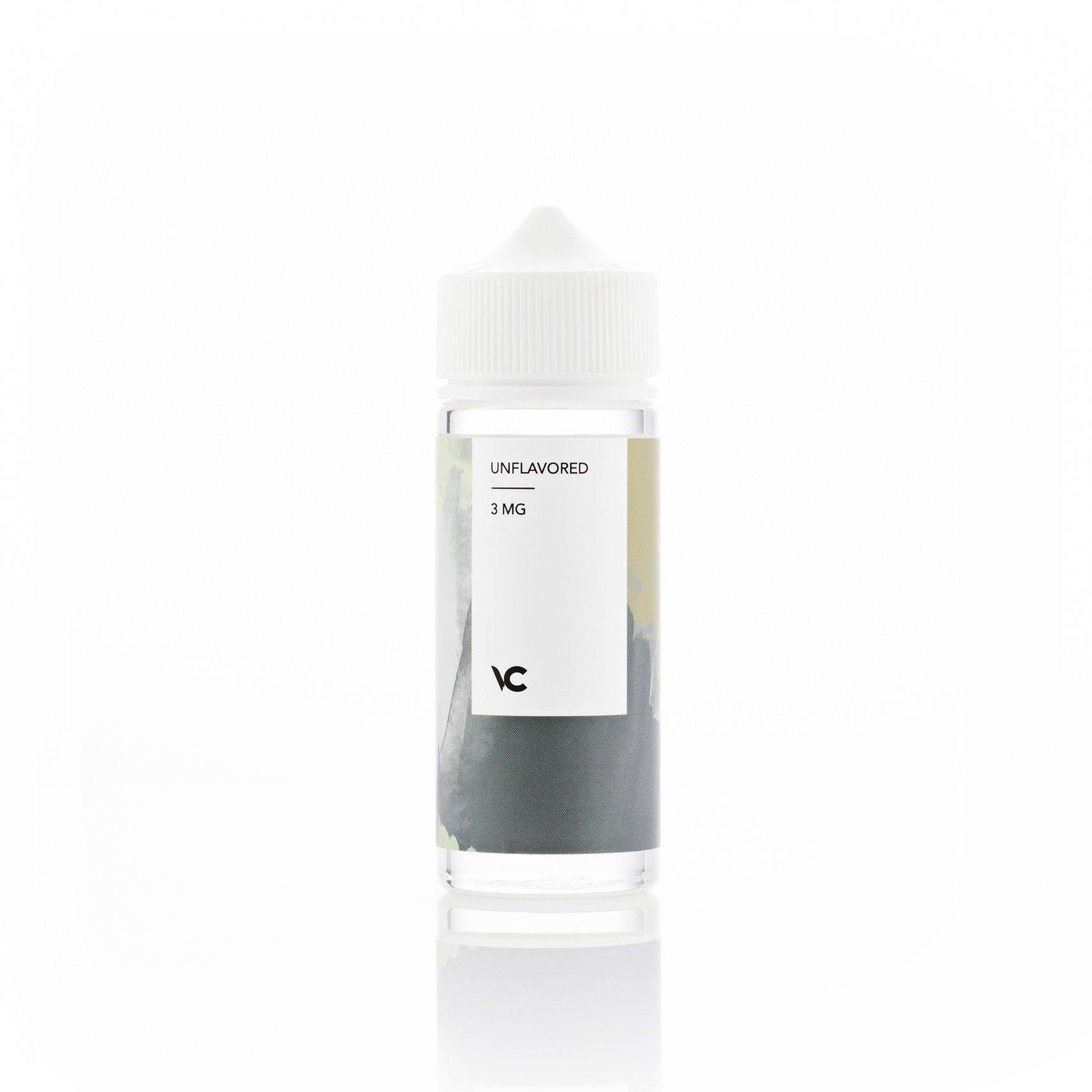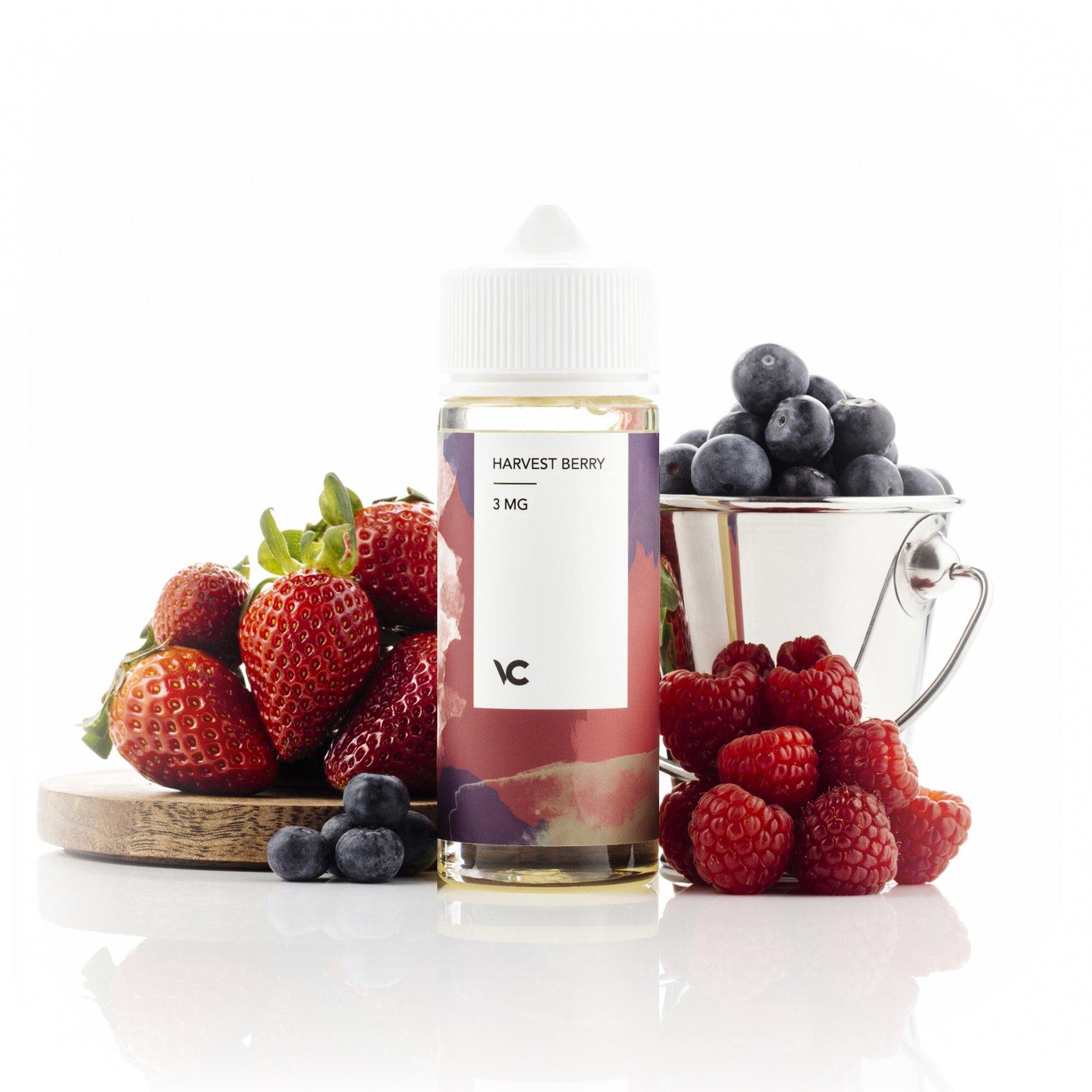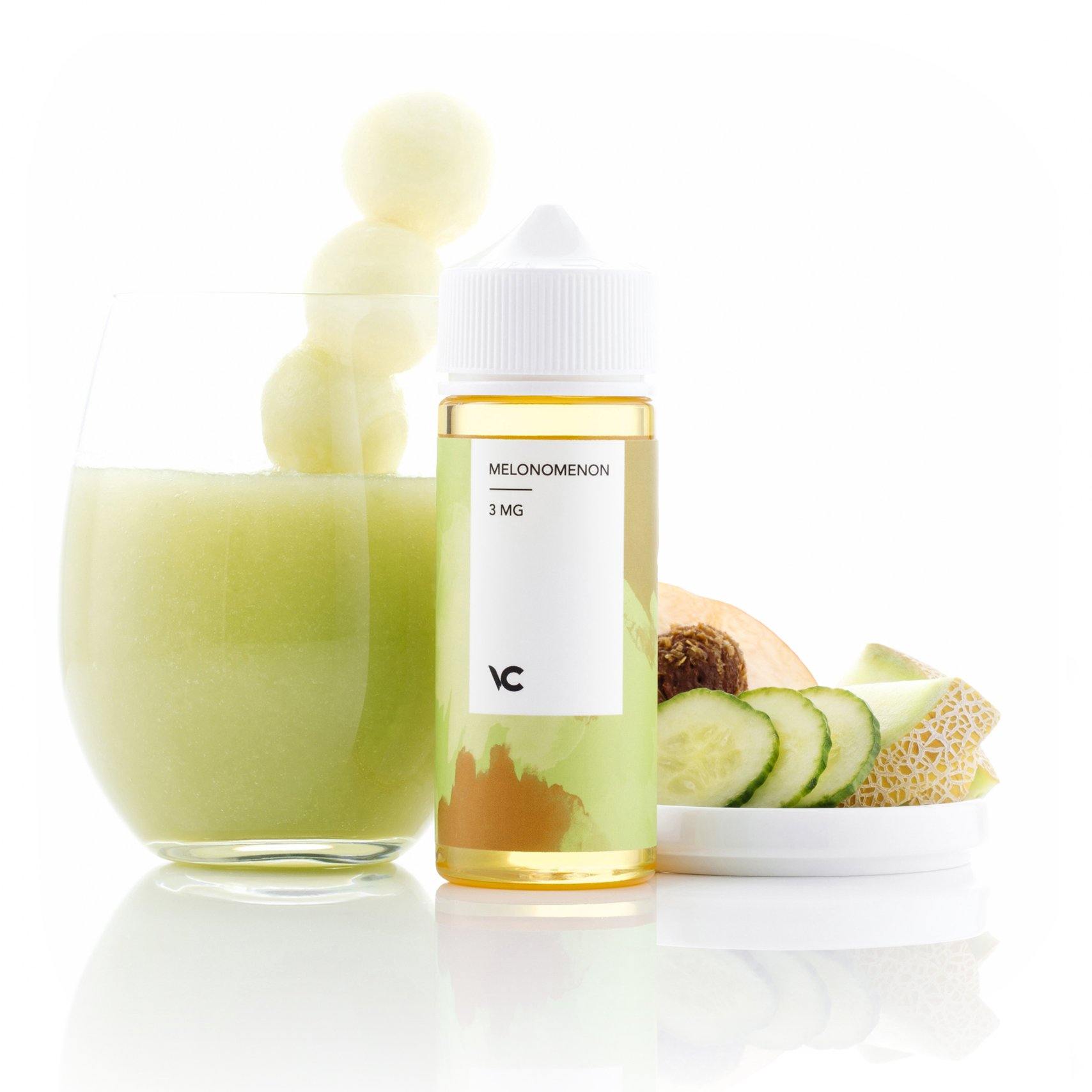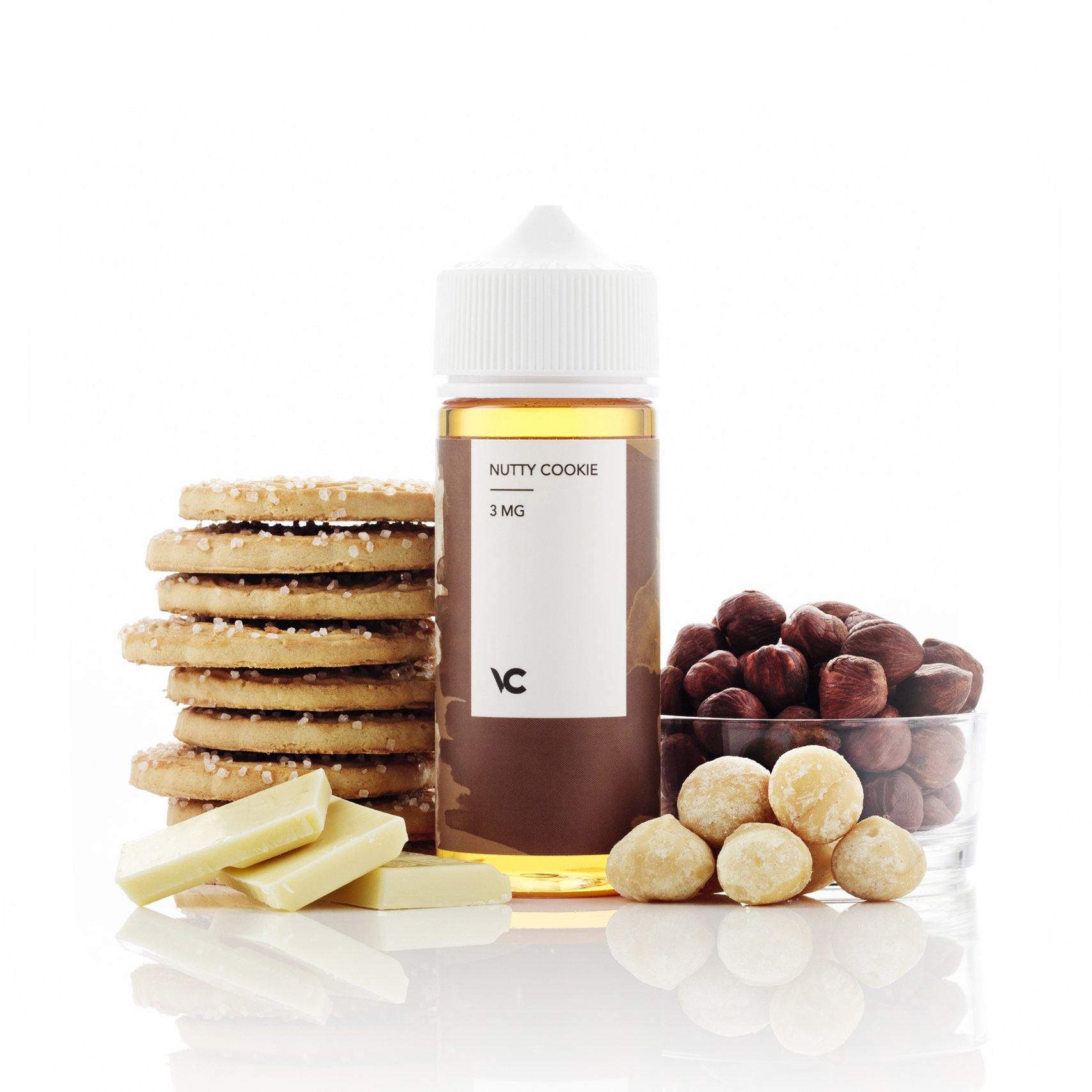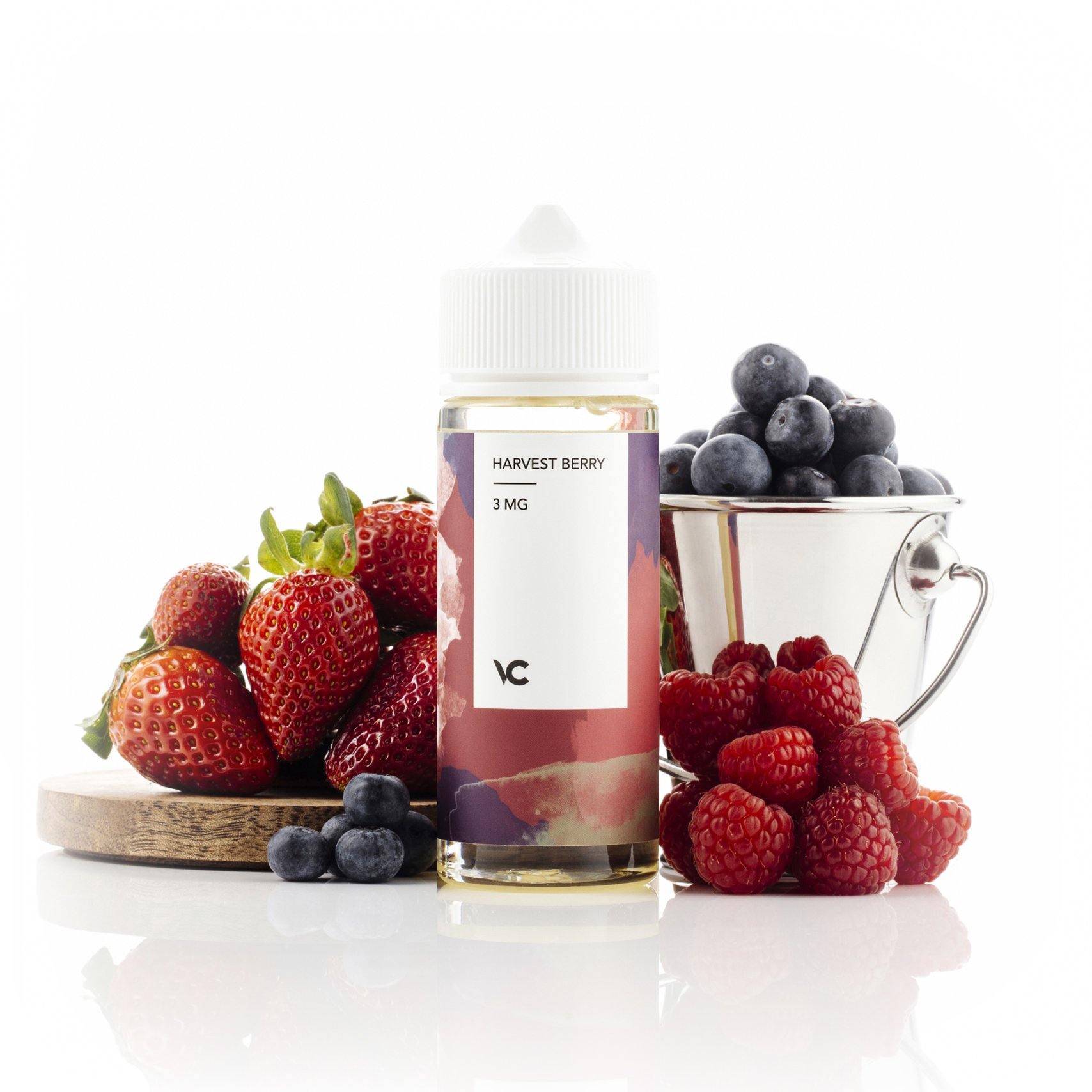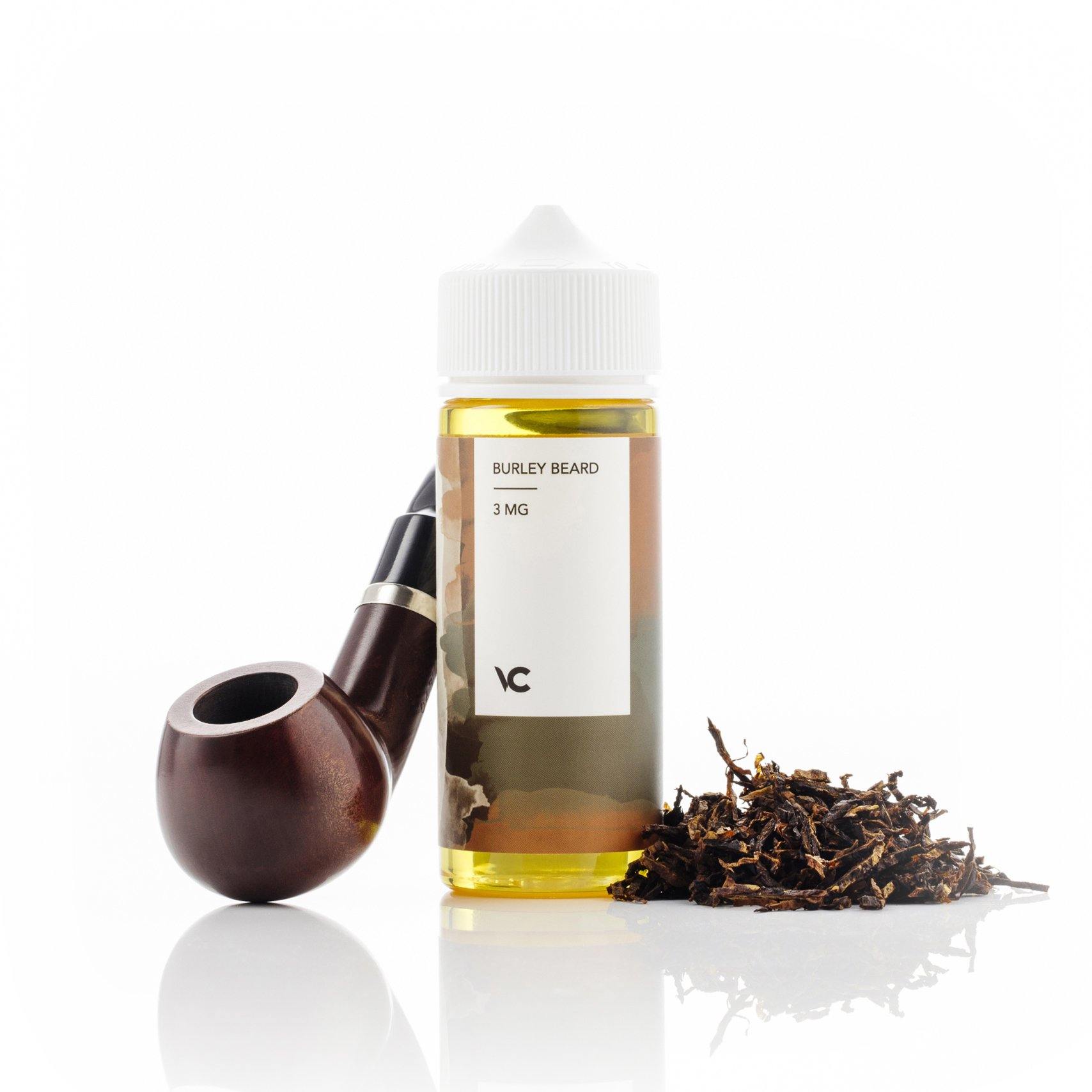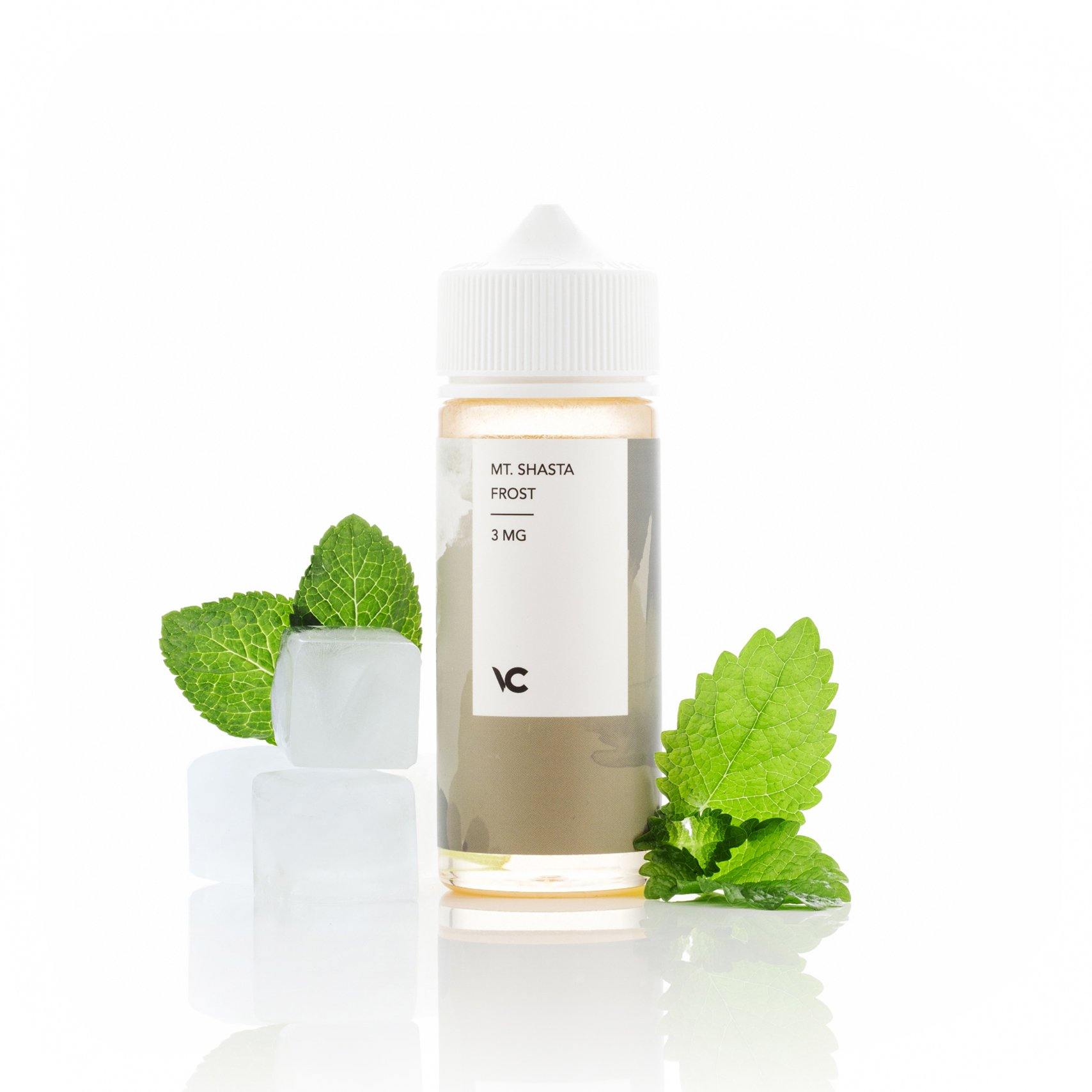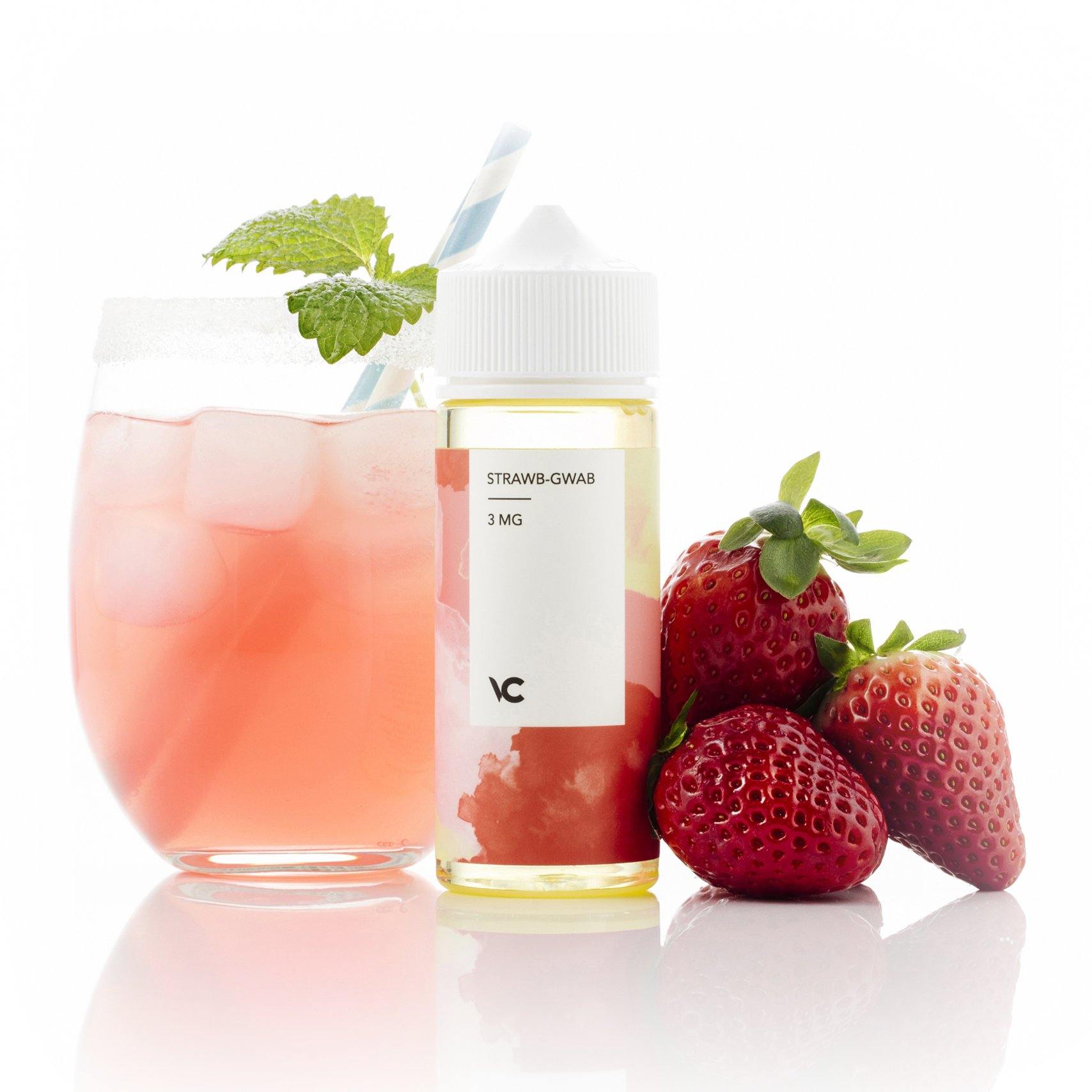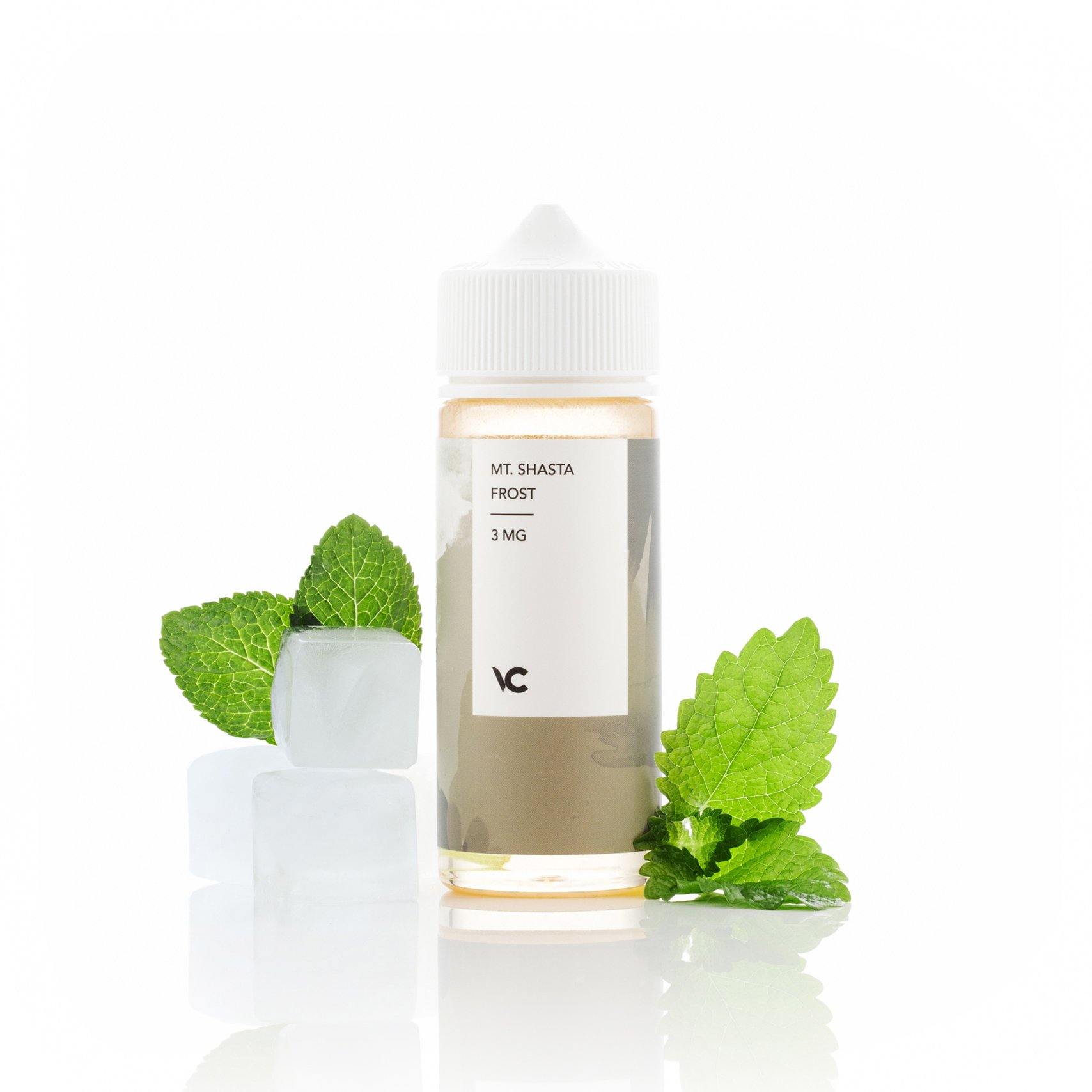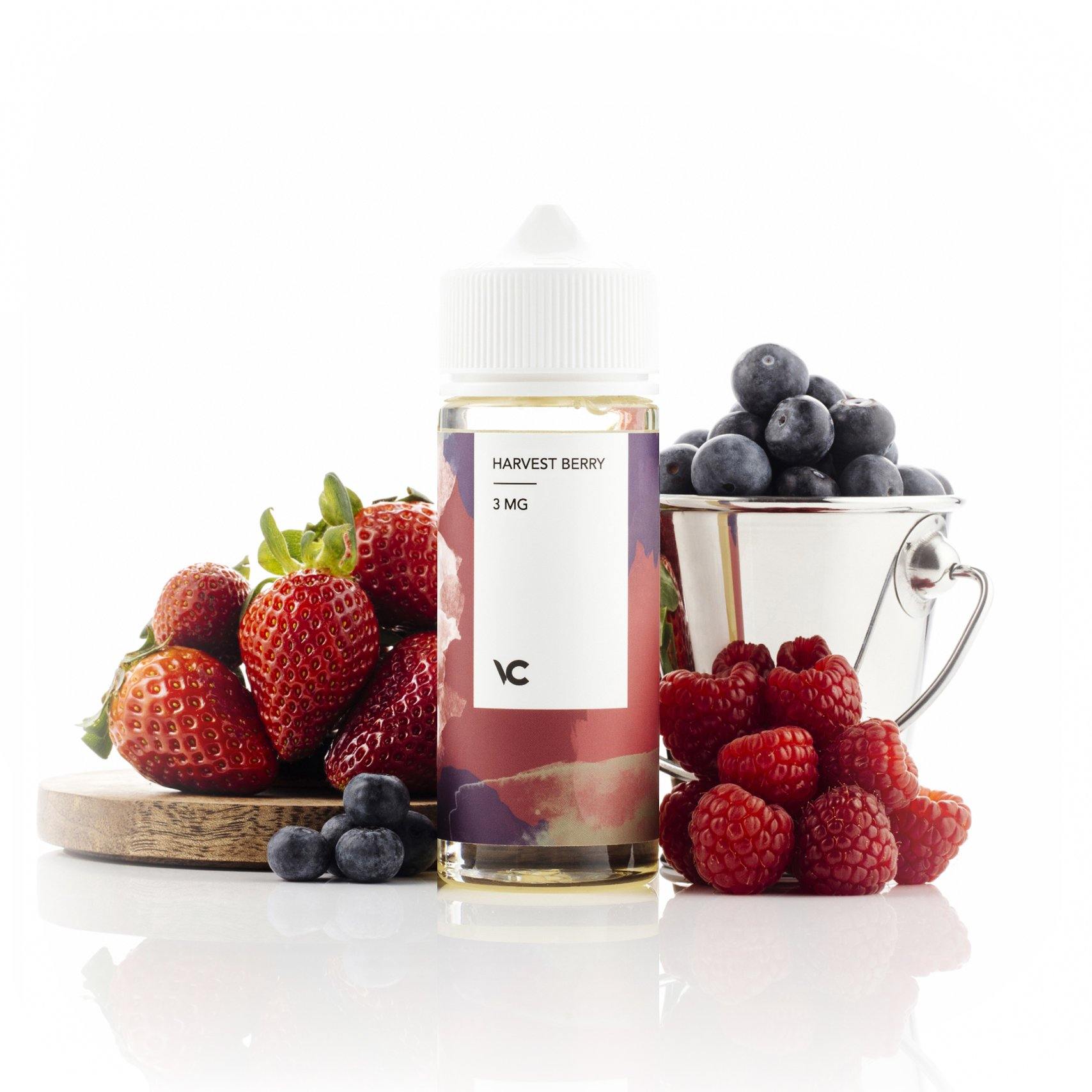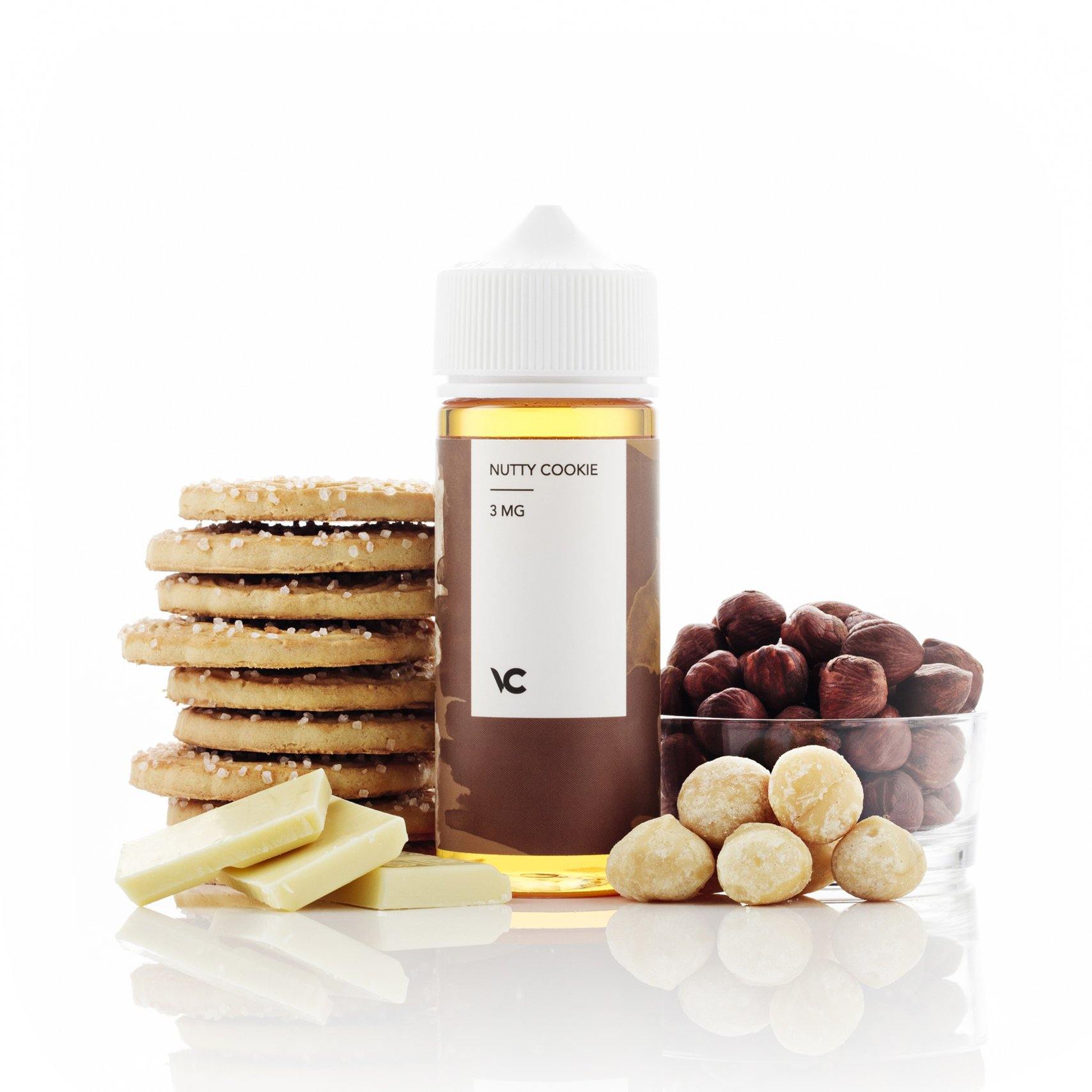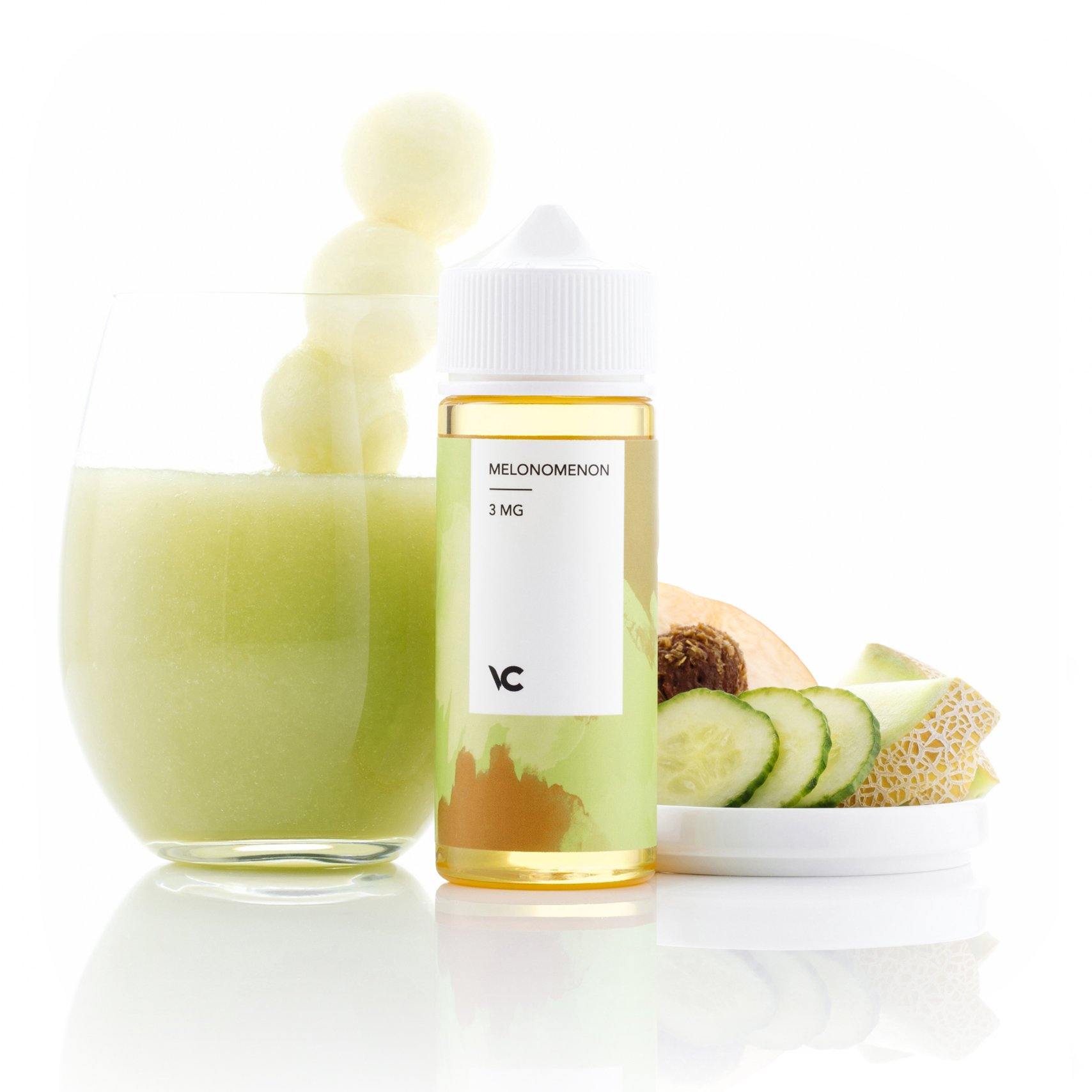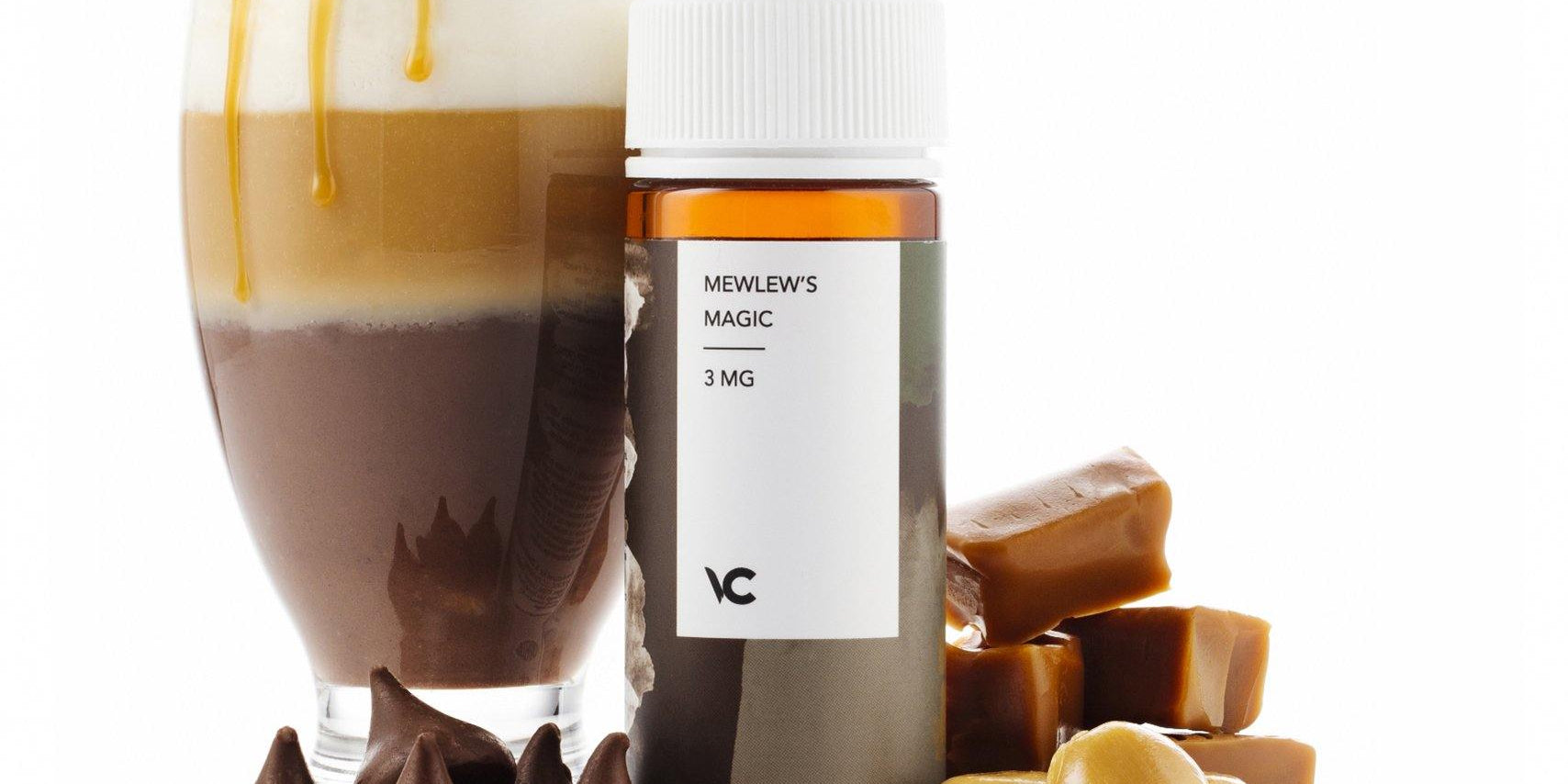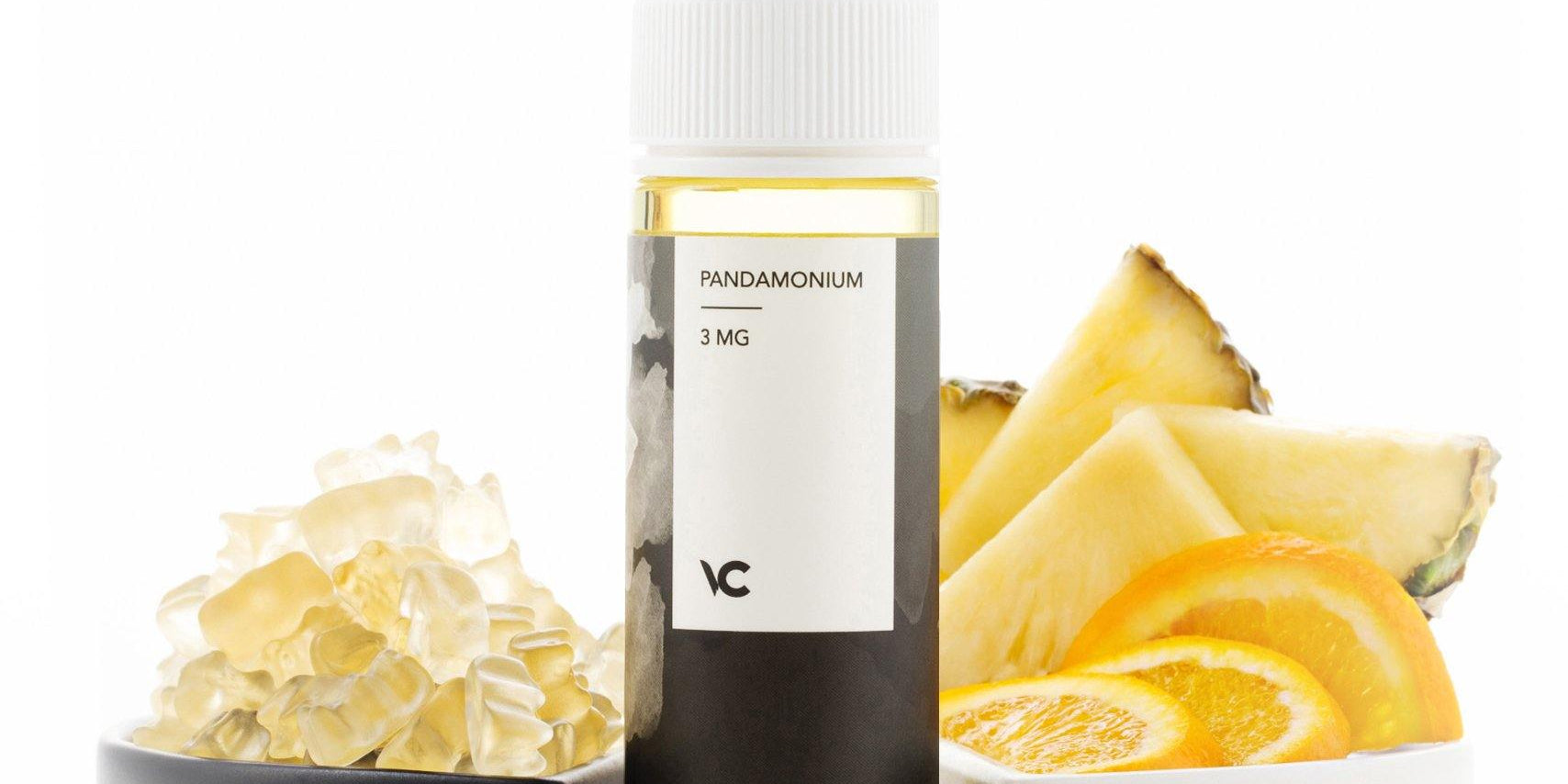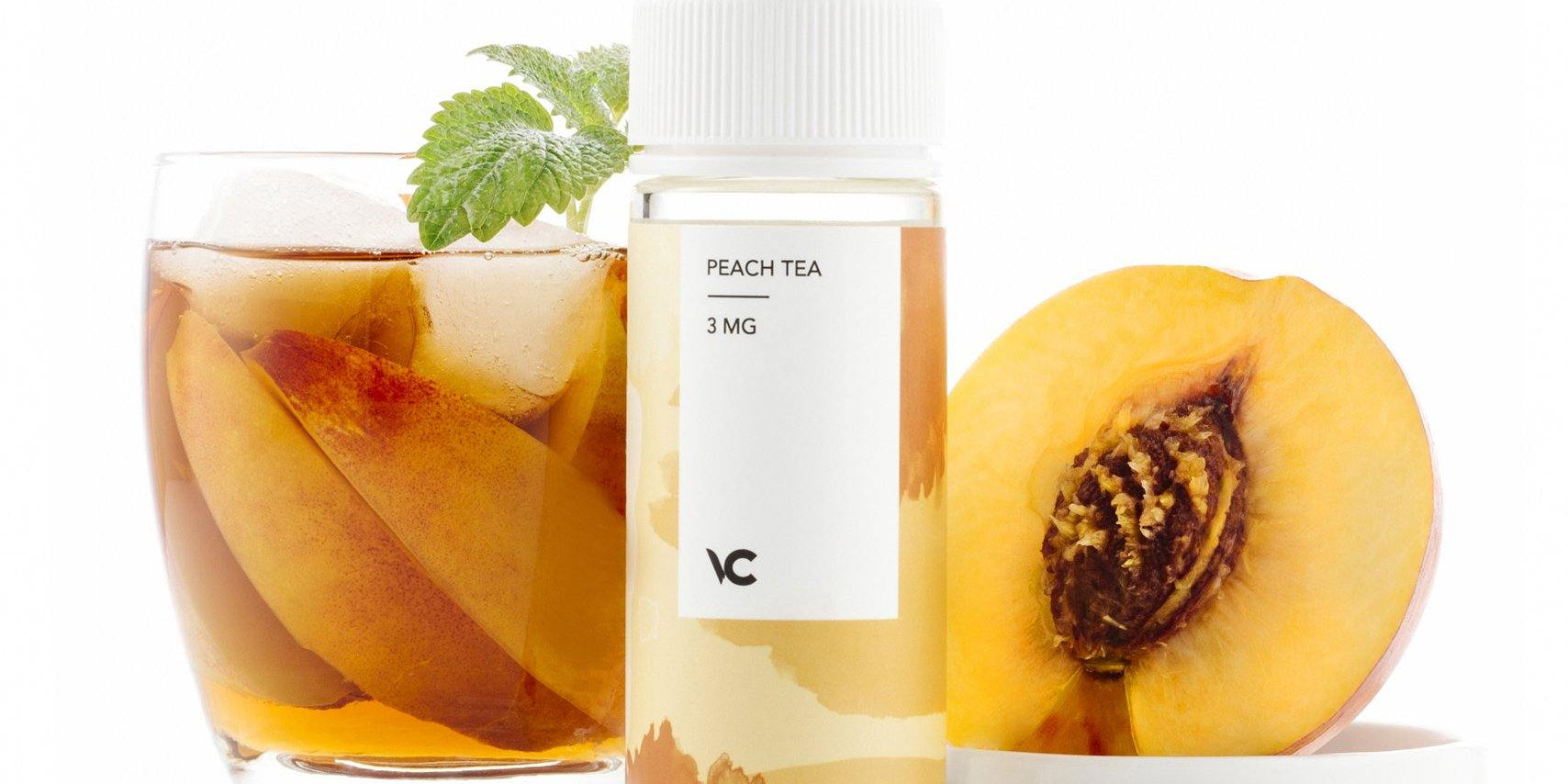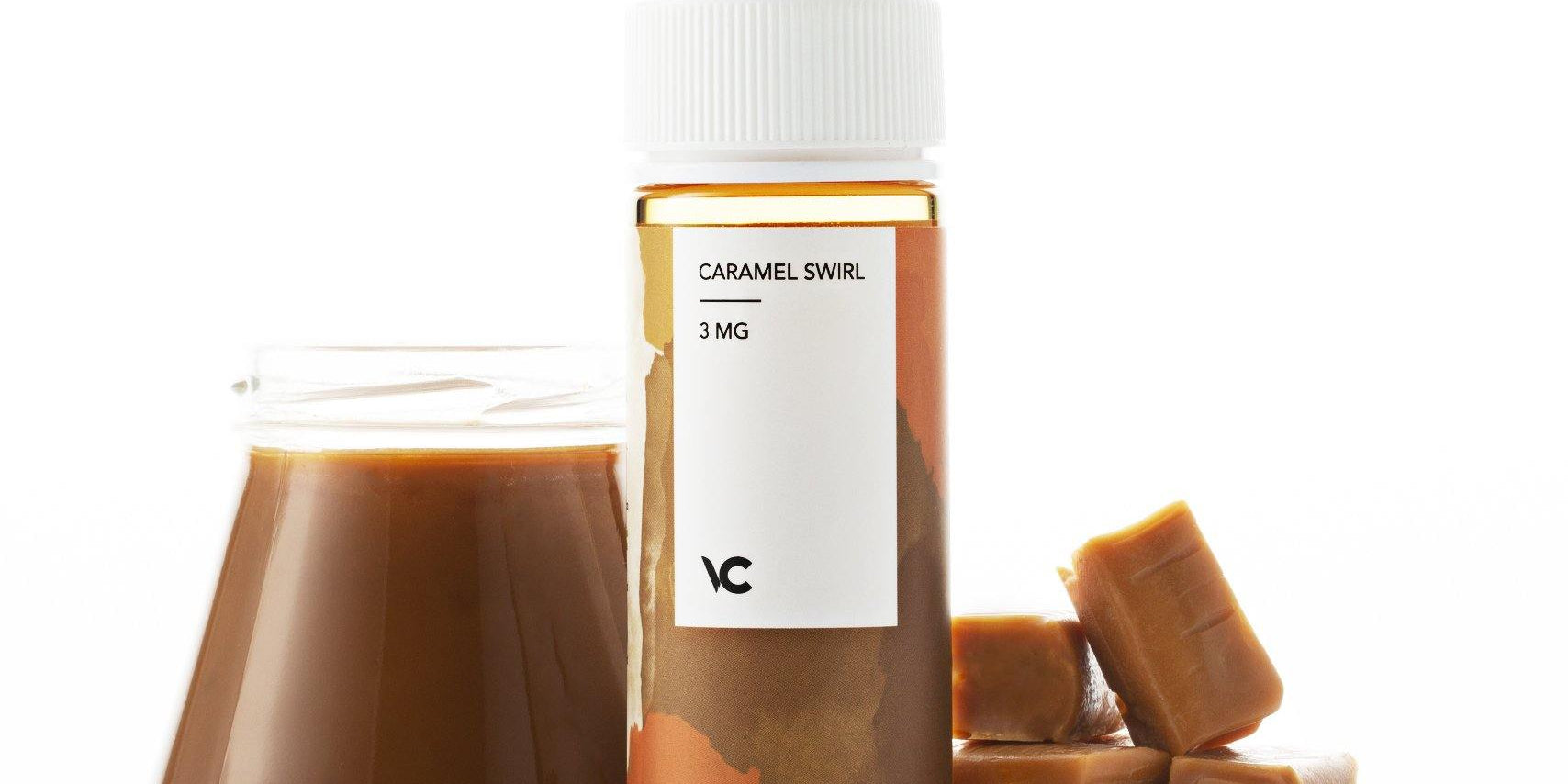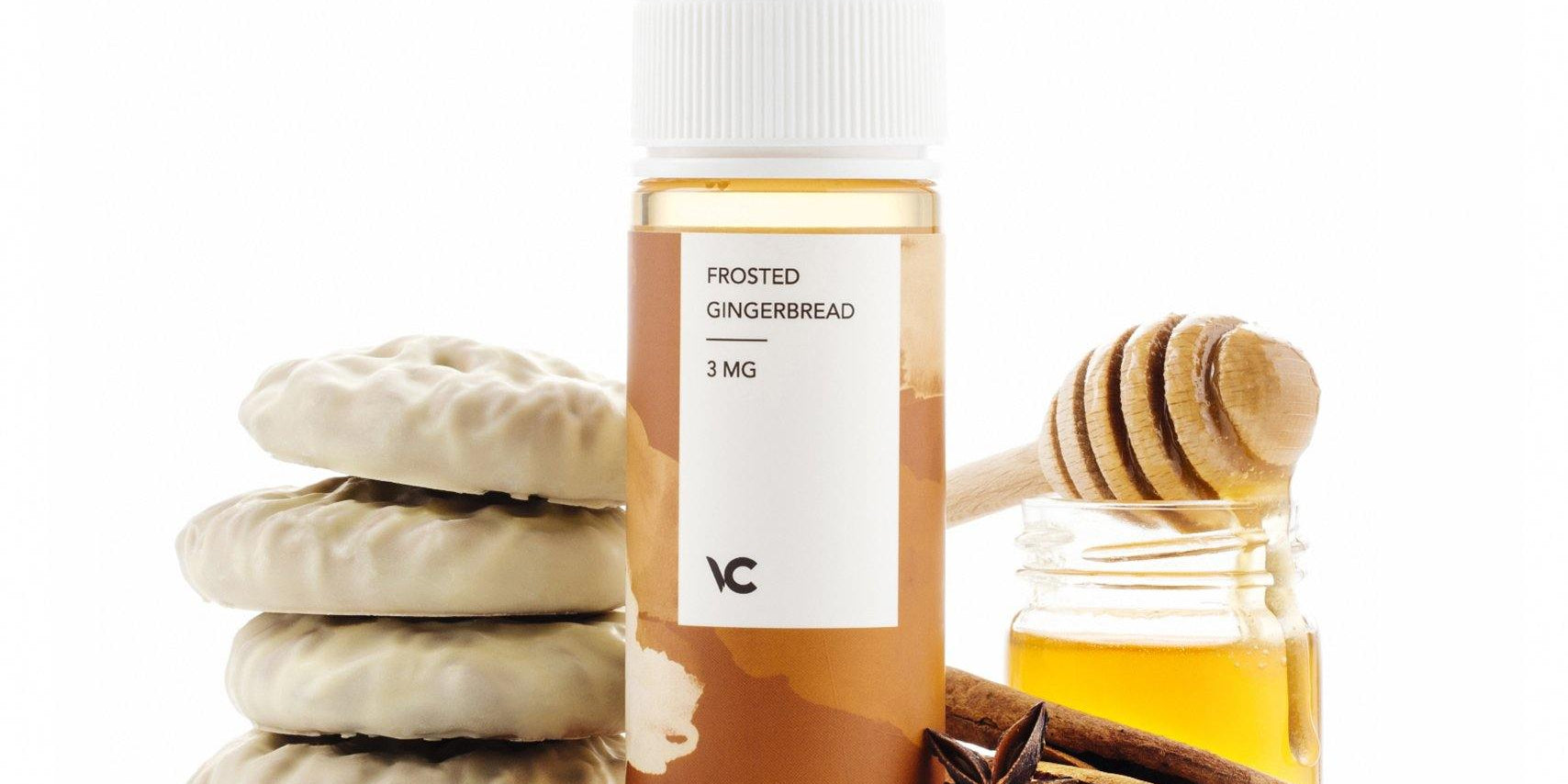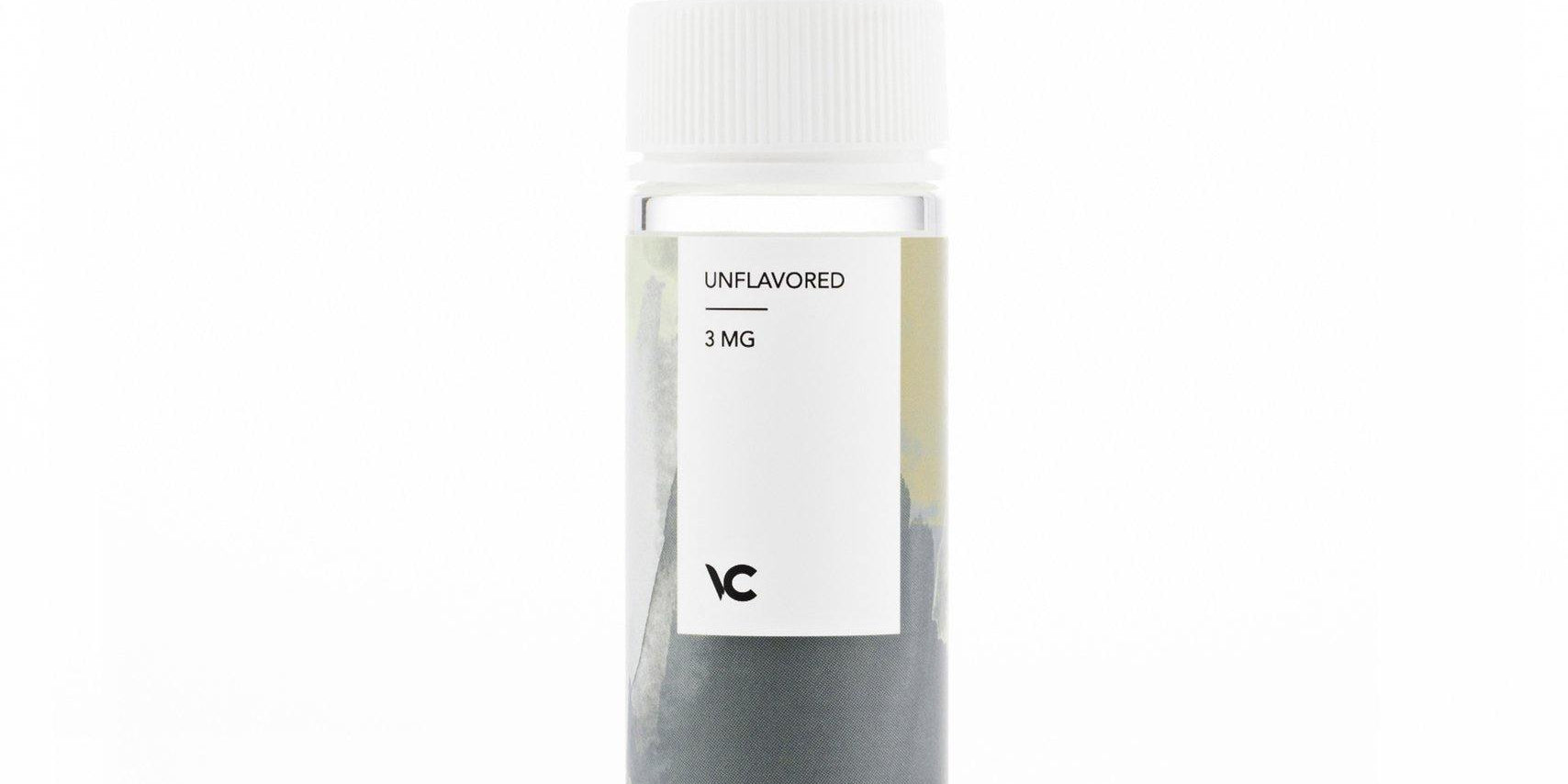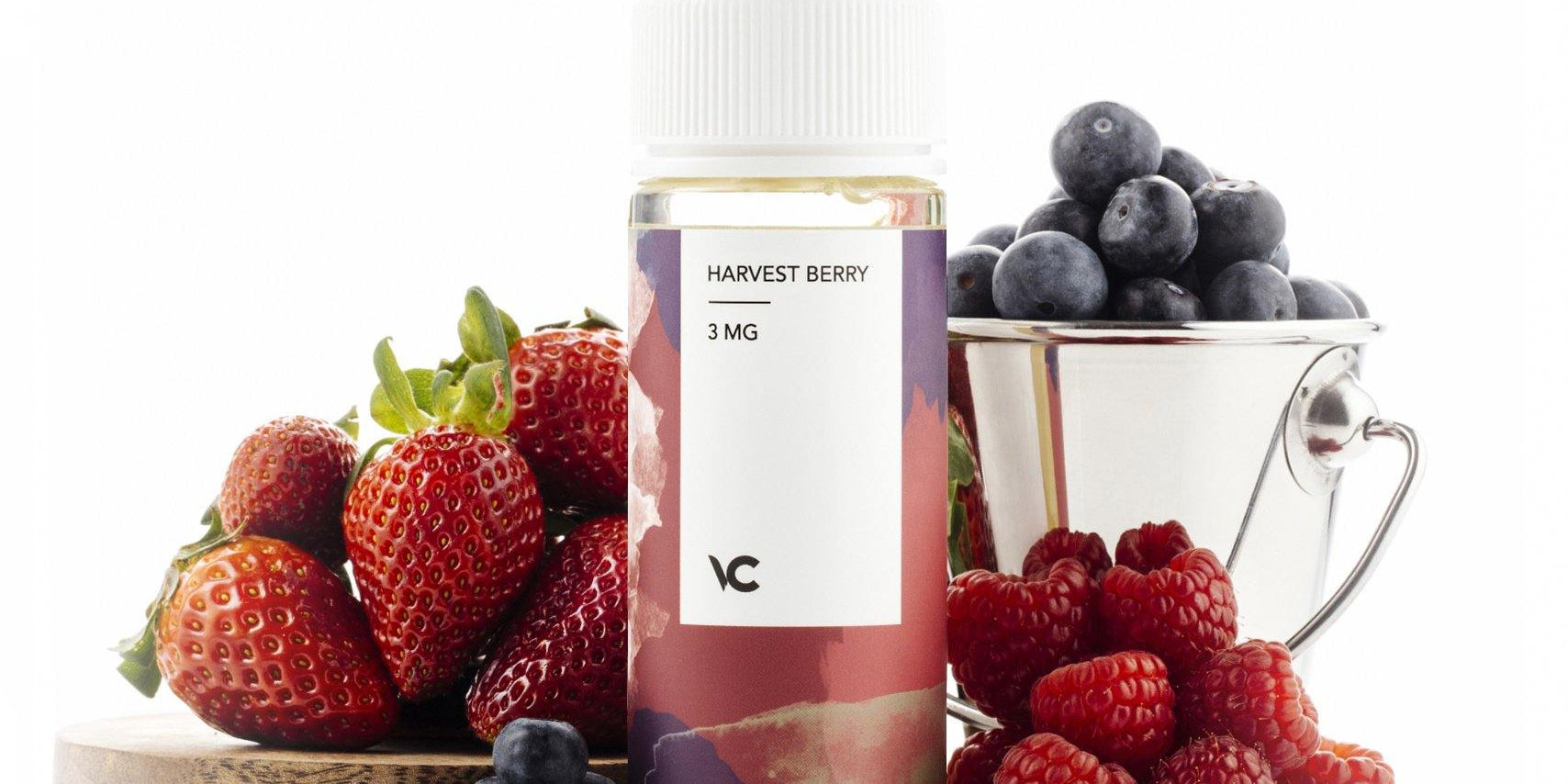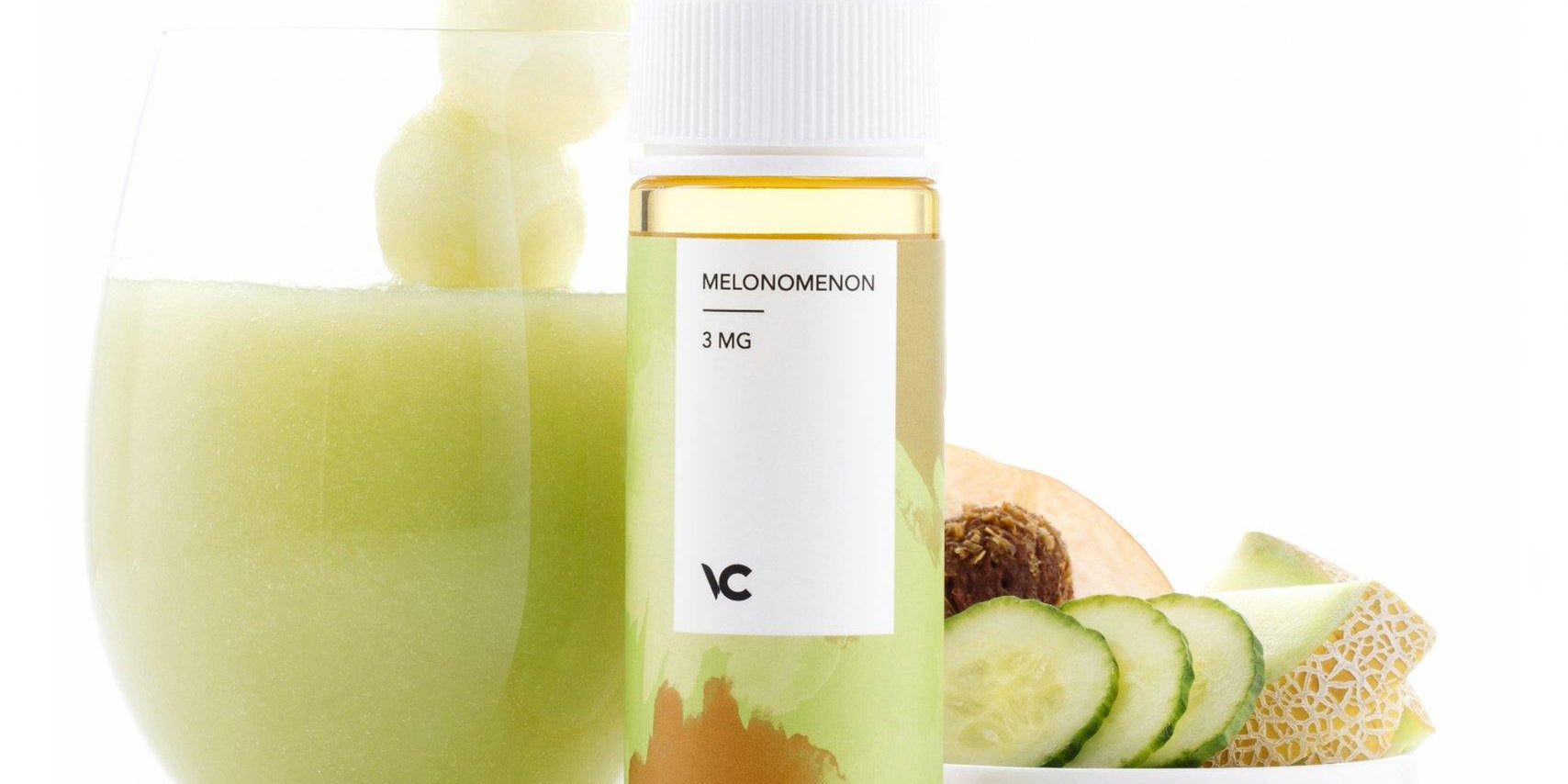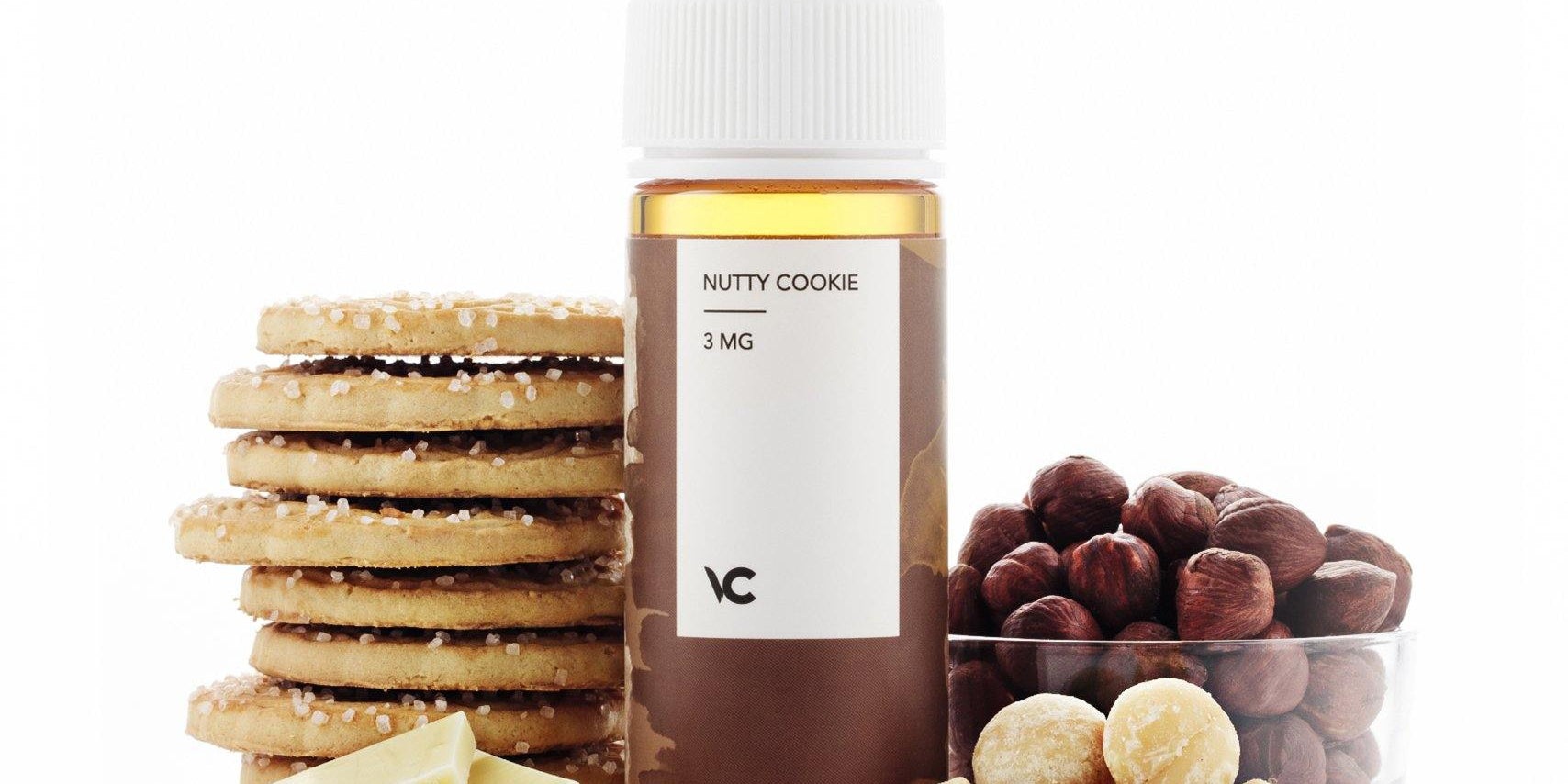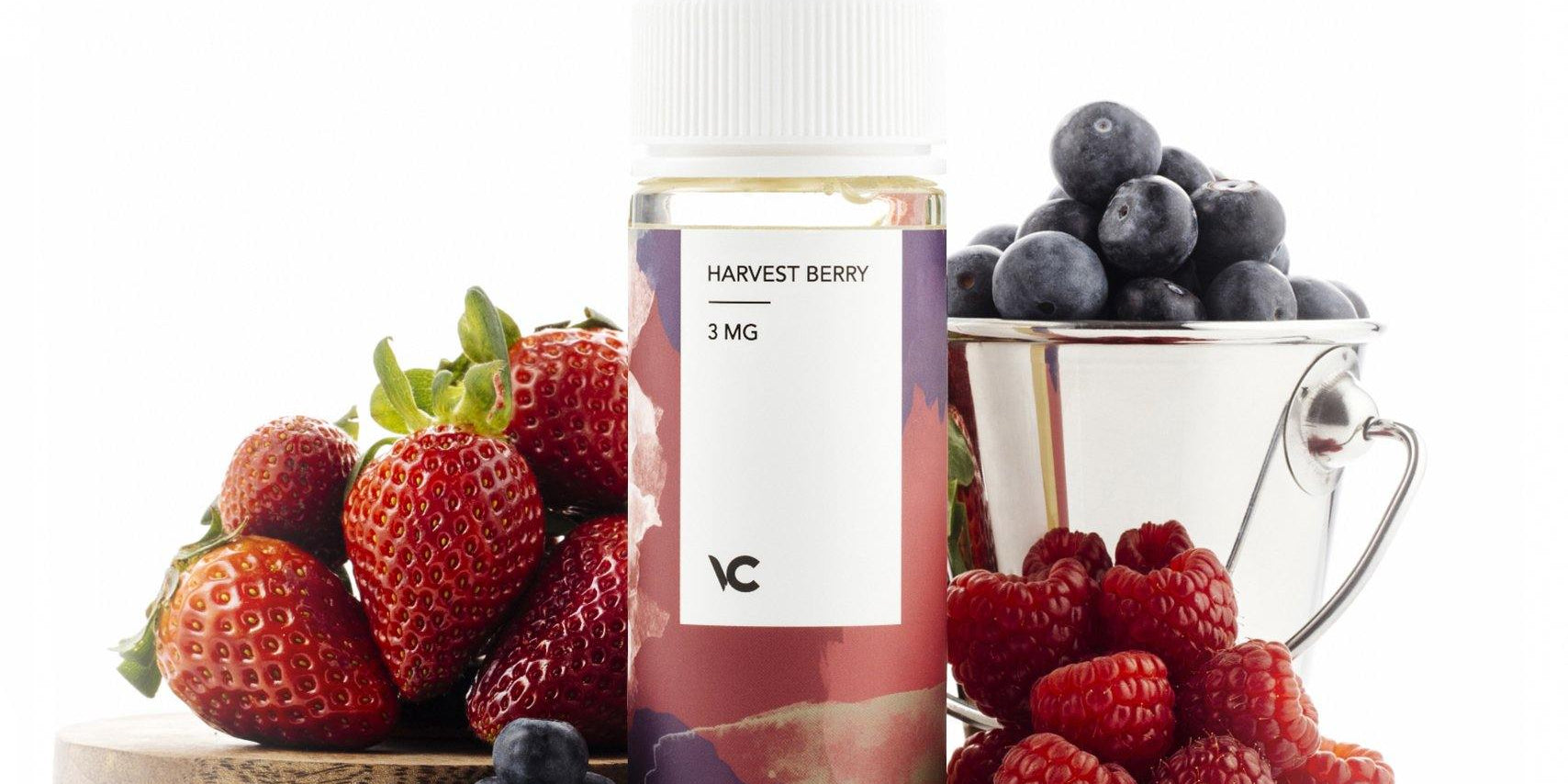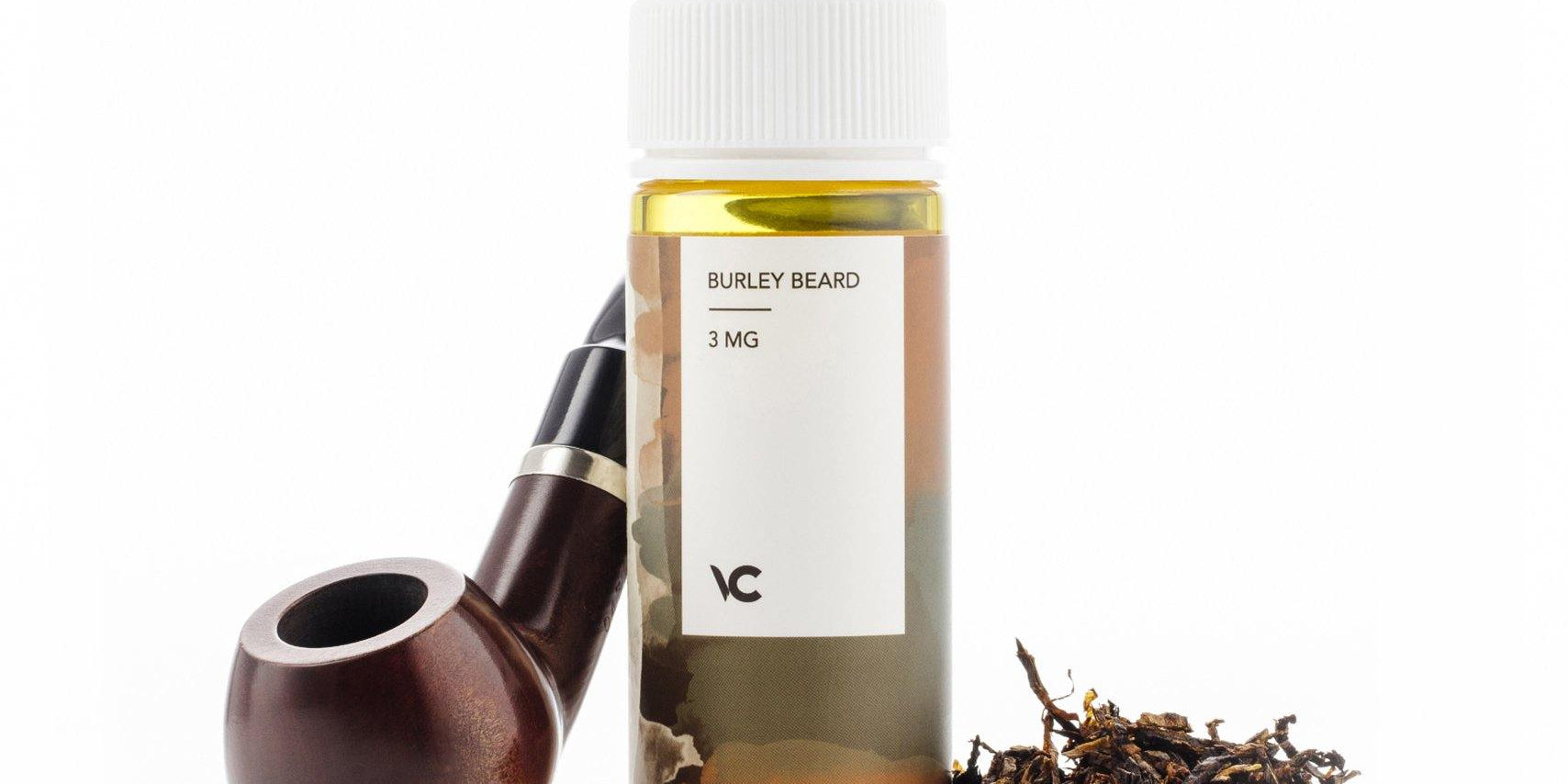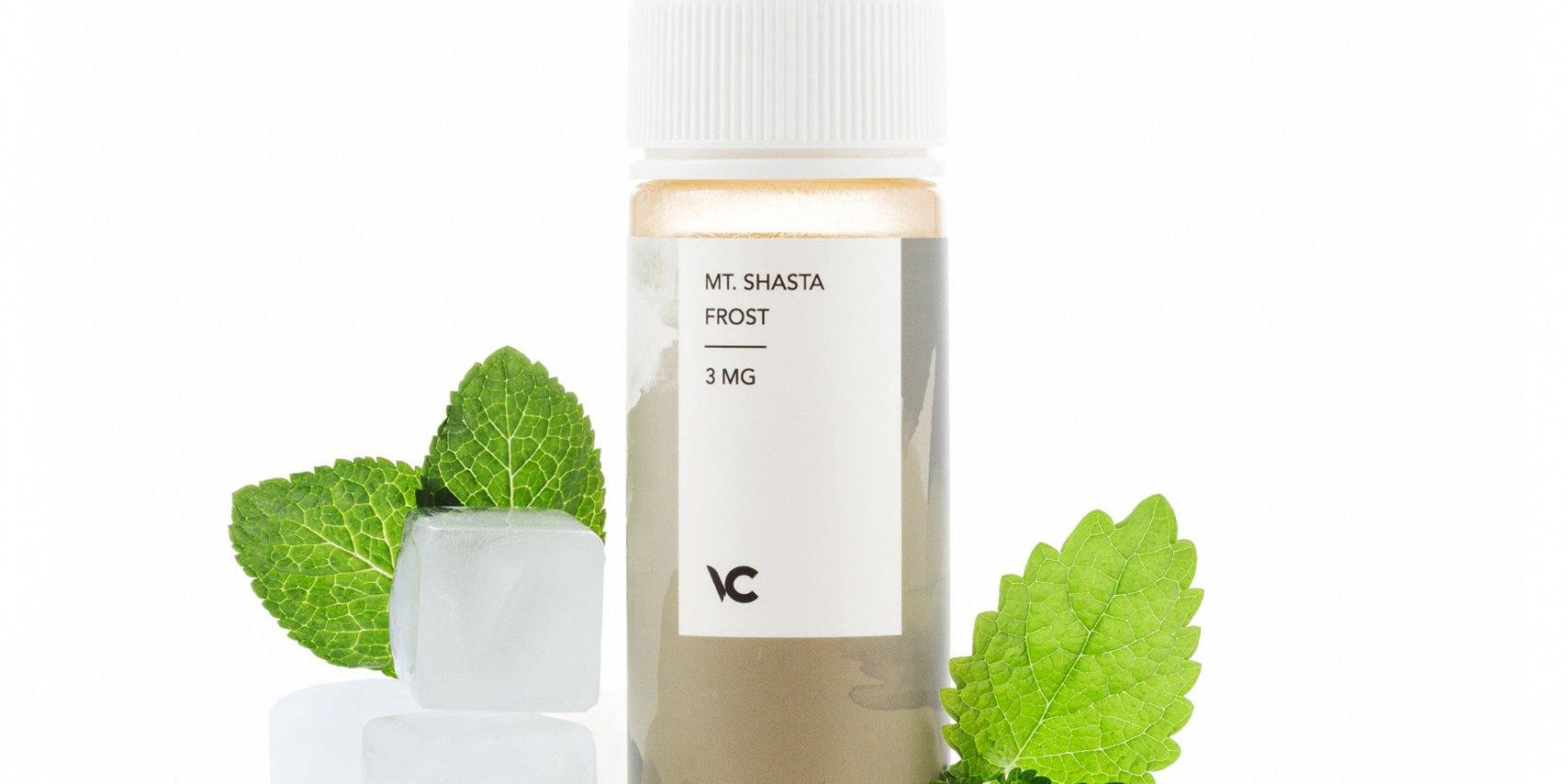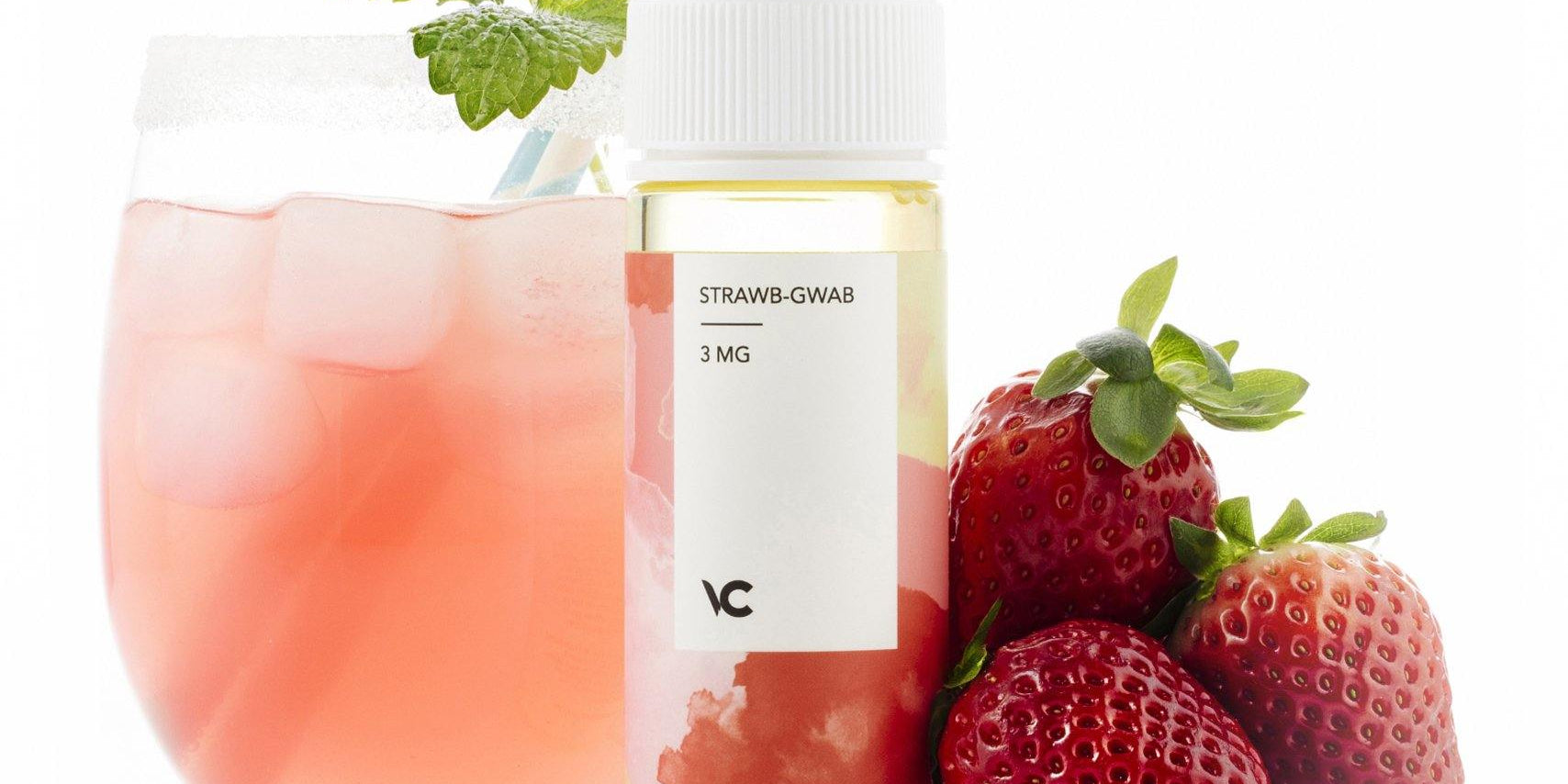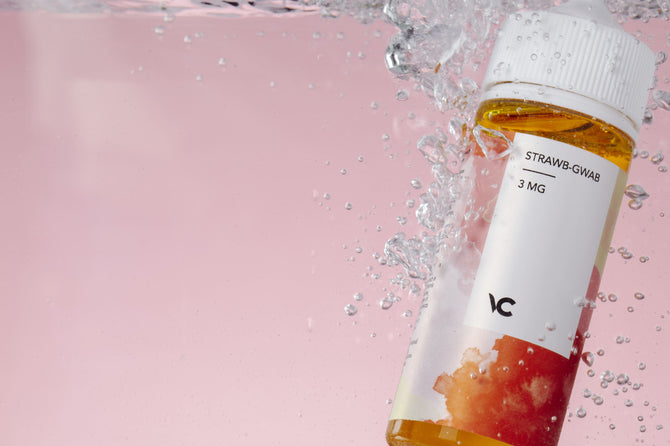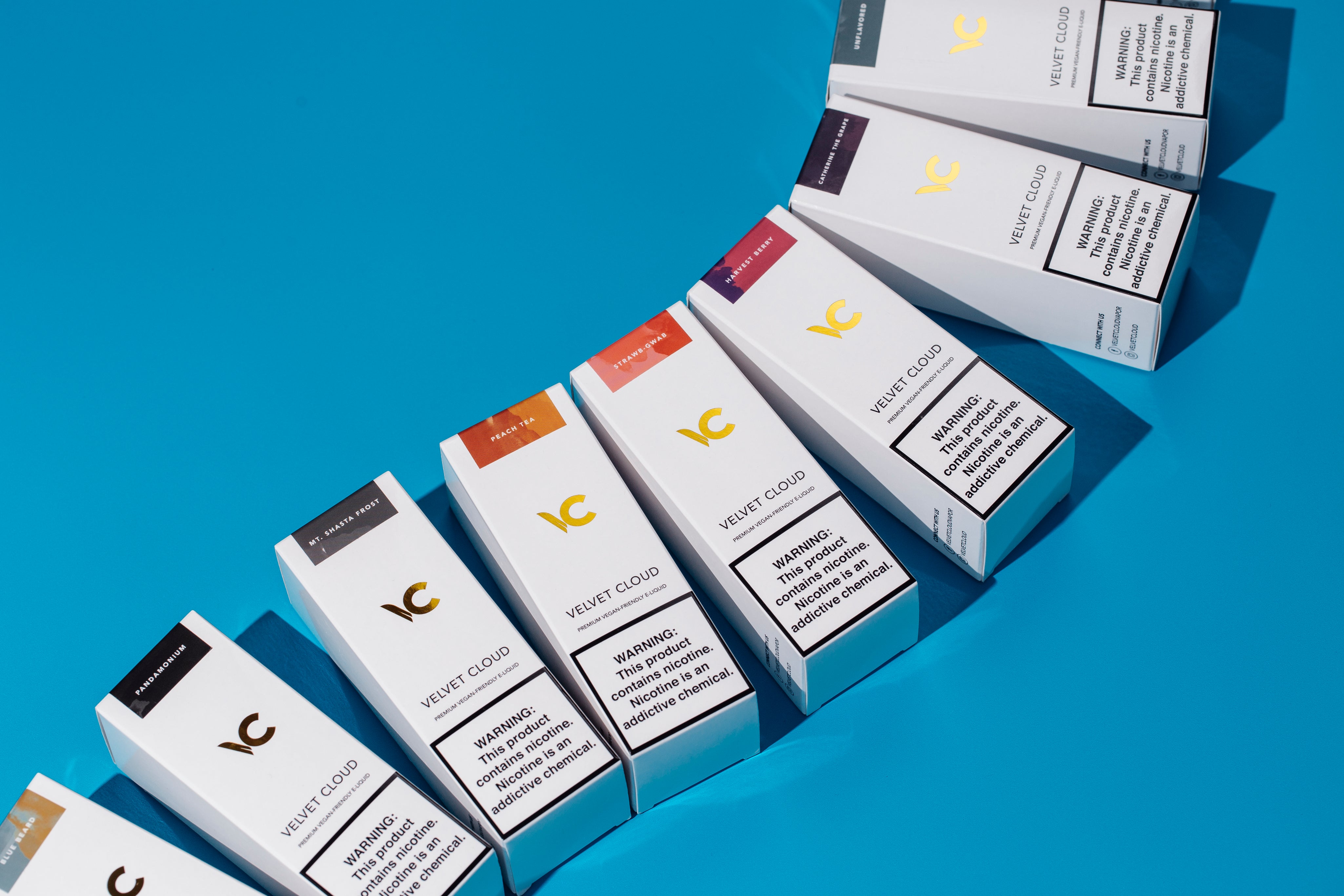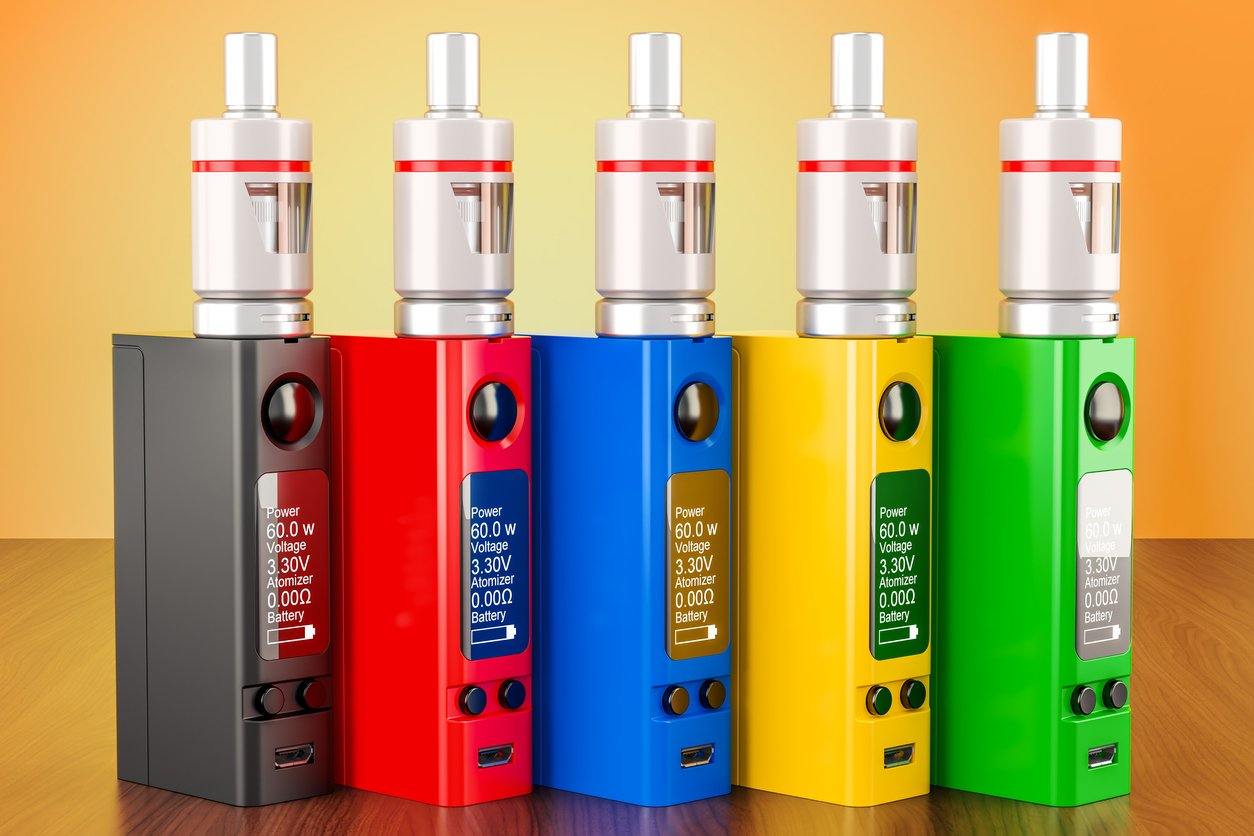PG and high VG e-liquids are often listed as opponents, occasionally being dramatized into an indefinite battle between the forces of good and evil within the vaping world. In reality, both are important paths to finding a personal comfort zone, and it's only with the expanded possibilities of PG/VG ratios that we've found the next level for vapers of all experience levels. While many are already making the move to 100 percent VG juice, there are plenty of other ways to check out high VG e-liquids without completely giving up your old way of vaping. Here's everything you need to know on your way to realizing that high VG e-liquids are probably the way to go for you.
The case for PG and VG E-Liquids
Although many are still searching for answers to some of the unknowns surrounding vaping, most focus on what we do actually know: getting off one of the deadliest products in the world, cigarettes, is likely to be the most important health decision you ever make. Some of the top researchers of today, like the Royal College of Physicians, believe smoking tobacco is about 20 times more hazardous to your long-term health than vaping, which tells us that making the switch to vaping is an enormous step in the right direction. Although there is quite a bit of misinformation surrounding PG, a very common component of many e-liquids, vaping products based mostly in VG means you're utilizing a naturally-occurring compound that can come with some significant advantages for vapers.
High VG E-Liquids: A Better Method for Many
One of the very best aspects of vaping is the versatility, as there are many different combinations of e-liquids and equipment that can help fit a vaper's lifestyle. Many buy high VG e-liquids because they offer the perfect fit thanks to a variety of factors, as going with a high percentage of VG can instantly offer a smoother and naturally sweet vaping experience without the additional flavoring. VG is also better suited for sub-ohm vaping and can be easier on your atomizer if it leads to the need for fewer pulls, which can, in turn, save you some money in the long run even as you're blowing much bigger clouds than with other blends. Many vapers also switch from PG to VG to avoid pesky allergies, as e-juices with high PG percentages tend to carry a greater risk of allergic reactions. In other words, it's all about the options and customization based on the individual.
But, even though many of the advantages of VG will be felt over time, the initial use of a VG-dominant liquid can be a complete game-changer for anyone looking to get a way from the throaty hit associated with high PG e-liquids (and cigarettes). Those craving a smoother hit should be able to instantly feel a significant difference, particularly with those that creep up towards 100 percent VG juice. For everyday use, this translates to a significantly smoother experience that can ensure vaping feels like more of a luxury than a necessity.
However, the smoother experience isn't for everyone, which is why those who enjoy the stronger throat hit but are still interested in trying something new might want to ease away from PG towards high VG vaping. If your goal is to move off smoking but just aren't ready to give up that throat hit, you might want to make a gradual transition and work your way toward max VG juice, giving you a better chance of long-term success.
In general, VG also tends to give off an organically sweet taste that doesn't require much in the way of flavor additives, another boon for any vaper looking for a more natural experience. Many of the purest VG e-liquids available are actually flavorless (outside of the natural flavor of the VG) and producers of some of the best VG juice use only a dab of PG along with a minimal amount of flavoring. Whether you like the extra taste or prefer to go the most natural route when it comes to e-liquids, VG can help accommodate a wide range of taste buds and preferences.
More than just preference, however, a purely practical reason that many vapers turn to high VG formulas is to avoid allergic reactions. Irritating headaches, a sore throat, and nausea can pop up if you're allergic or have a sensitivity to PG, although more dramatic reactions like swelling or hives can occur in extreme (and very rare) cases. Unfortunately, it can also be very difficult to diagnose a PG allergy, particularly if you experience symptoms like a sore throat; the reaction could be part of the throat-hit effect, which is almost completely nullified if you opt for a 100% VG liquid. Either way, many vapers have found their niche with high VG e-juice after experiencing allergic reactions or throat irritations with PG e-liquids.
The Facts About PG
Propylene glycol, better known as PG in vape circles, has been a standard component of e-liquids for some time, although it also has been dragged through the mud due to some very questionable assertions. One of the main charges against it has been an alleged connection with the toxins in some antifreeze, but a deeper dive has exposed this as completely inaccurate. In fact, the toxic forms of antifreeze utilize ethylene glycol, the shadowy cousin in the glycol family that has nothing to do with PG. While PG is actually in some types of antifreeze, it is specifically only in the types of antifreeze that are considered completely non-toxic, and it's actually the substitution of PG for ethylene glycol that makes the difference in toxicity. The sole reason propylene glycol is ever in antifreeze is simply to lower the temperature at which water freezes.
But that hasn't stopped many from believing that PG must be inherently bad because it's in some (non-toxic) forms of antifreeze. In reality, PG is "generally recognized as safe" by the FDA for food additives and can be found in the following common products:
- Baking mixes
- Packaged frosting
- Ice cream (mostly vanilla)
- Flavored iced teas
- Many different packaged baked goods
Although there can be drawbacks to e-liquids mixed predominately with PG (e.g. allergies), the reality is that the best research we have available suggests propylene glycol is a perfectly fine component of many of the products that we all use every day. While we've learned a lot since a 1947 study called PG "completely harmless," newer studies have still failed to show any links to serious health concerns. In a study from 2010, researchers looking at both PG and glycol ethers determined that it was likely the glycol that produced ailments like eczema and asthma. Even though we're still in the relatively early stages of researching PG, it would take a significant breakthrough at this point to connect PG with any significant health problems in the way it's used for vaping. And for anyone utilizing PG-based e-liquids to move away from smoking tobacco, the health benefits of PG can be both obvious and dramatic.

The Cloudy World of Sub-Ohm Vaping
While many do turn to high VG juice for the elevated smoothness and naturally flavorful vaping experience, the other major advantage can usually be seen billowing in any vape store. You also don't need to really know what an ohm is to enjoy the advantages of going with sub-ohm coils while you vape. It sounds on the fancy side, but all sub-ohm vaping means is that the vaping coils have a resistance of less than one ohm (a measurement for resistance), which ultimately helps to generate more power on your device and thicker plumes of vape. Although it's unlikely physicist Georg Ohm was thinking about the cutting-edge of vape production when he was pursuing his groundbreaking work on resistance, his name is now regularly thrown around in vaping circles as an indicator of how much vapor you can expect to produce.
High VG e-liquids are also the perfect dancing partner for sub-ohm vaping due to enhanced viscosity when compared to high percentages of PG. That's why, although sub-ohm vaping has been around for a while, it seems like we're entering the golden age of sub-ohm because of the increasing options for pure VG e-liquids. Combining seamlessly with the smoother vaping VG provides, sub-ohm is ideal for anyone who enjoys letting it rip and filling a room with vapor.
However, sub-ohm vaping also comes with some caveats worth considering. For starters, you will need a more powerful battery for it to work, potentially bringing about a new expense, and blowing enormous clouds of vapor may not be ideal for every type of lifestyle. Any vaper who finds him or herself taking small pulls to limit the amount of exposure to others won't want to make the change to sub-ohm vaping outside of special occasions. Discretion is certainly not a main function of sub-ohm vaping.
You also don't have to take the next step to sub-ohm vaping to already experience a greater output of vapor than you would with a high PG liquid. Due to the increased viscosity, high VG e-liquids naturally produce more vapor no matter what type of device you use, which means that you can start cloud-chasing without having to use sub-ohm coils.
Things to remember when opting for high VG over PG-dominant e-liquids:
- High VG e-liquids are naturally sweet without the additives.
- Many switch from PG to VG to avoid allergic reactions.
- Get ready for serious clouds.
- Goodbye throat hit.
- No, neither VG nor PG is featured in toxic types of antifreeze.
- Both VG and PG can be effective for switching from cigarettes.
- Different ratios of VG/PG offer different experiences, allowing for maximum customization.
- Vegetable glycerin (VG) is a naturally occurring chemical compound often featured in everyday items like shampoo, lotions, and toothpaste.
Disproving the Noise Surrounding VG – Formaldehyde and Tough Cleaning
One of the criticisms often tossed at the feet of VG (alongside PG) is that it can produce formaldehyde. Although, scientists have proved this a very weak connection that has little to no bearing on how vapers actually use their products. The connection mostly stems from a study done a couple of years ago by Portland State researchers, who found that if you jack up a low-grade clearomizer to absurd levels it can create formaldehyde, a known carcinogen. But even though this was pressed as a breakthrough that ostensibly confirmed other similar studies, the research's relevance was quickly undercut once the details were able to surpass the shock value of the headlines. Ultimately the research was roughly equivalent to telling the public that a car is very dangerous when going 200 MPH – when your car tops out at 90 MPH and you typically drive 45. The study also used a cheap clearomizer, making it difficult to extrapolate any meaningful data for middle-of-the-row or higher quality vaping equipment.
Not only does the study only find the connection with formaldehyde under extreme temperatures that vapers don't use, other studies like one from Public Health England have found that VG creates only trace amounts of formaldehyde at dramatically elevated heat. PHE's research demonstrated that there is no currently known connection between the minimal amounts of formaldehyde in vaping and health risks. Additional studies have also shown that high VG liquids need to be heated to much higher temperatures to form formaldehyde than liquids high in PG. We've even seen research that points to vaping PG or VG-based e-liquids falling beneath the thresholds for exposure limits put into place by the CDC, as the data has shown that exposure of bystanders is not believed to be a significant health concern at this time. It's also worth noting that the connection between vaping and formaldehyde is almost always related to dry puffs associated with wicking issues, not the actual e-liquids.
Most importantly, the low-voltage ECs that were tested yielded formaldehyde levels somewhere between "13- and 807-fold lower than tobacco smoke," again reinforcing the most important factor for anyone looking to switch from cigarettes to vaping. For anyone weighing the difference between PG and VG in terms of long-term health outlook, research does – at this point – suggest that VG is even safer than its alternative, even if it's very difficult to make a connection between formaldehyde and either one under normal vaping conditions.
Another criticism of VG is that its high level of viscosity can lead to an excess of gunk in the coils, which means that you might have to clean it more often than you would if you used a high PG liquid. But at this point we have to deal with reality: you should probably clean your vaporizer more often, regardless of the type of e-liquid you use. With rare exceptions for the conspicuously clean, most of us simply don't clean our equipment anywhere near as frequently as we should. Giving your vaporizer regular maintenance will only give you a better vaping experience while saving you money in the long run. If it takes some gunk on the coils to get you to give your vaporizer a top-to-bottom clean, it takes a little imagination to see the downside.
Key takeaways:
- Studies showing formaldehyde utilize abnormal conditions (unusually high temperatures) and low-grade equipment (cheap clearomizer).
- Research shows even less of a link to formaldehyde in VG than PG.
- Follow-up studies have shown tobacco smoke can produce up to 800 times more formaldehyde.
- Neither PG nor VG shows a clear link to formaldehyde under usual vaping conditions.
- Clean your vaporizer.
What Classifies as High VG? Understanding the Basics of E-Juice Ratios
The world of e-liquids can be a little confusing if you're new to vaping, or if you simply latched onto the earliest forms of e-juice and have been comfortable with PG-based liquids ever since. A lot has also changed in the industry in a very short period of time, including since the World Health Organization started taking a major look at e-juices starting in 2014. At that time, there were already about 8,000 different flavors being produced around the world, but they were almost all e-liquids that contained a base of 95% PG or higher. The WHO also reported that they had yet to find a clear link between quitting cigarettes and vaping, although plenty of credible studies since then have made convincing connections between the two.
Since that snapshot by the WHO, one of the biggest changes in the industry has been the quick development of VG as a main component of e-liquids. While many sites suggest a 50/50 ratio of VG to PG as a great starting point for those new to either vaping or VG e-juices, the tipping point for a high VG e-liquid is typically considered 70/30. At 70% VG or more, an e-juice is generally considered to be a high VG e-liquid, which is also the level where you start experiencing the effects most closely associated with vegetable glycerin (e.g. smoother hits and more vapor). At 70% VG, you can expect to still experience at least a little bit of a throat hit, making it a helpful ratio for those looking to make the transition to a more pure VG e-juice.
This threshold is also just a jumping-off point for e-liquids, however, as the top producers have pushed the envelope to a new wave of vapers who prefer VG over PG. By 80% VG, you can expect a diminished throat hit, a significant outpouring of vapor, and a greatly reduced possibility of having an allergic complication with the minimal amount of PG. With a 100 percent VG juice, you can expect to fully taste the naturally sweet flavor that VG liquids are known for and should hardly feel a throat hit at all, offering a vaping experience that is as smooth as you can get. Pure VG e-liquids are also ideal for anyone who might want to enter cloud competitions, which have really taken off with the availability of sub-ohm vaping and the rise of high VG e-juices.
But even if you aren't ready for the limelight of a vaping competition, there are still plenty of reasons to at least try out high VG e-liquids. From less stress on the throat and fewer complications with allergies to simply enjoying a more organic experience with fewer additives, e-liquids with higher ratios of VG offer a nice expansion of options while showcasing the next evolutionary leg of vaping.
Do You Use More E-Juice If Use High VG?
One of the important things to know about high VG options is that you can go through it faster than PG e-juice if you don't make adjustments. Because VG-based e-liquids naturally create more vapor – particularly if you go with sub-ohm coils – you will likely use it at a faster rate per inhalation than you would PG, but that also doesn't automatically mean you'll use more of it overall. Ideally, the increase in vapor would mean that you don't actually need to take as many pulls to achieve the same overall effect, which should create an even playing field. This should also negate the possibility of additional gunk build-up on your coils, as there's a good chance you'll end up using your device less often than with a high PG e-juice.
The same basic balance is at play when it comes to nicotine intake. Sub-ohm vaping, for example, is designed to be used with e-liquids that contain smaller doses of nicotine. While you inhale more vapor than you would with a PG-dominant e-juice, you're also taking in more nicotine per pull, which generally creates a balance with the PG e-liquids that require more pulls for the same amount of nicotine (assuming the same nicotine dose). Because of the limited throat hit of high VG e-liquids, the increase in vapor and nicotine per pull doesn't come with the type of harsh aftereffect you might expect.
Having said that, every vaper has different requirements for satisfaction, and whether VG is for you might depend purely on your vaping habits. If you're the type of vaper who would rather spread out your e-liquid and nicotine consumption, taking in smaller amounts at a time, going with a very high VG might not be right for you. On the other side of the coin, the high VG lifestyle is also tailor-made for those who might only be able to vape sparingly throughout the average day. While vaping pure VG e-juices at the same frequency as high PG e-liquids could potentially lead to going through it faster, a simple adjustment should be all you need to find a balance.
Final Thoughts
A beautiful aspect of vaping is that it only needs to be as complicated as you want it to be. While the myriad options can feel overwhelming, one of the main reasons that vapers buy high VG e-liquids is because they can offer a purer vaping experience than was previously available. Featuring natural flavors and a smoother experience, VG offers an exciting slate of new options for vapers of all experience levels and can be another important tool against tobacco. While finding the ratio of PG/VG that works for your lifestyle is always the essential goal, the upside of high VG can be worth taking a look even for satisfied vapers who have been using high PG liquids for years. Contact us to find out more about Velvet Cloud Pure VG E-Liquid.
